 Abraham Lincoln
If given the truth, the people can be depended upon to meet any national crisis...
Abraham Lincoln
If given the truth, the people can be depended upon to meet any national crisis...
 Guildford news...
for Guildford people, brought to you by Guildford reporters - Guildford's own news service
Guildford news...
for Guildford people, brought to you by Guildford reporters - Guildford's own news service
Birdwatcher’s Diary No.213 – Bearded Vulture Special!
Published on: 6 Aug, 2020
Updated on: 5 Aug, 2020
By Malcolm Fincham
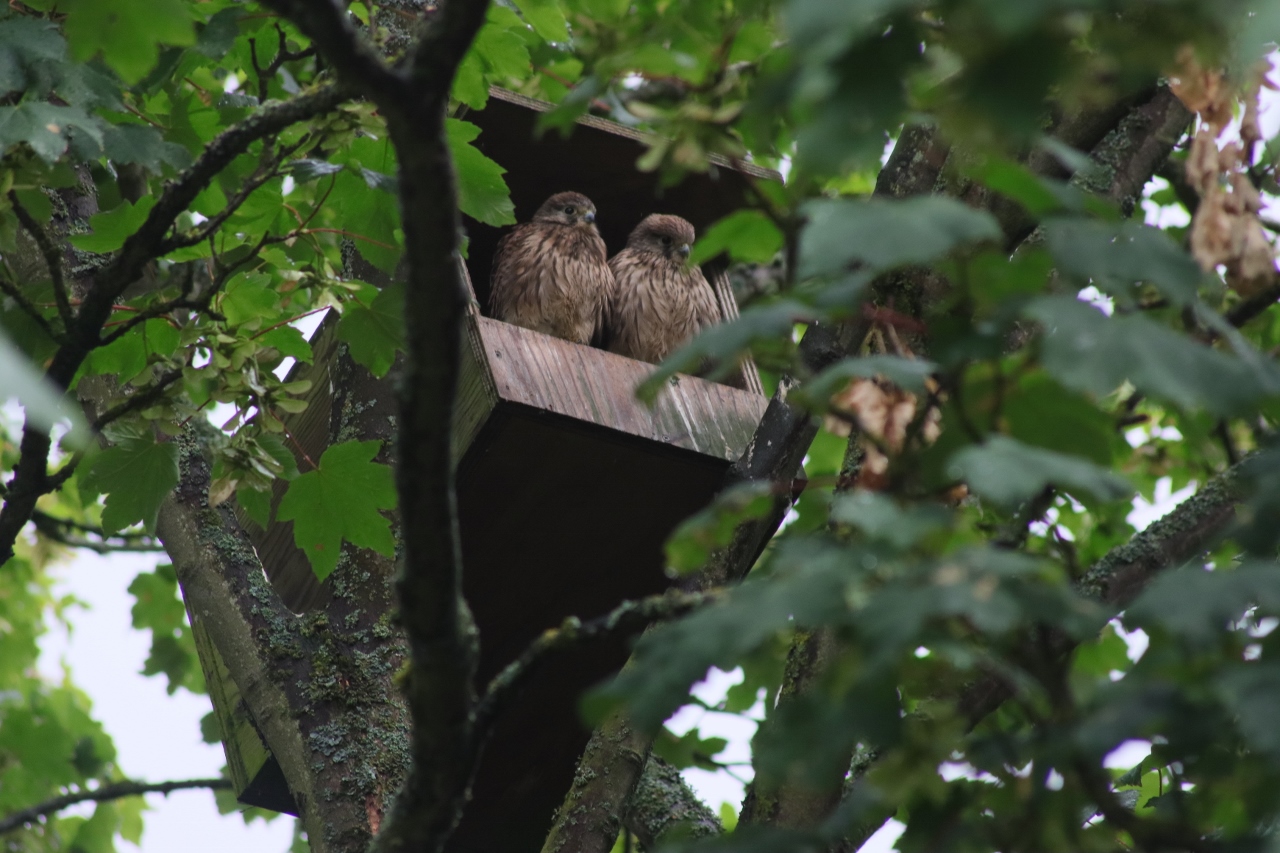
Kestrels in their nest box at Clandon Wood Burial Ground. Click on pictures to enlarge in a new window.
At Clandon Burial Ground as the second phase of July arrived, the annual brood of kestrels had fledged from their nest box. However, they hadn’t ventured far.
Often they could be viewed perched on fence posts in the surrounding wild-flower meadows.
Marbled white butterflies were nearing the end of their reign, though still in reasonable numbers as they danced across the wild-flower meadows.
Without too much effort I managed to view at least three small copper butterflies.
They could be seen among the various skipper butterflies featured in my previous report.
Various species of grasshoppers could also be found. These included common green grasshoppers.
As well as field grasshoppers.
Roesel’s bush crickets could also be found there. Now quite a common sighting in many areas of the South East.
Their song consists of continuous penetrating buzzing at a high pitch. The sound is similar to that of the hiss of overhead electricity wires. Unfortunately, a few octaves above my hearing range these days.
Perched on the abundant flower-heads at this delightful nature reserve were a plethora of common red soldier beetles.
Several species of dragonfly buzzed past including a female common darter.
Among the highlights at the Riverside Nature Reserve, near Burpham, were:
A family group of resident greenfinches could be heard.
Within the reed beds, now thick from summer growth around the perimeter of the lake, families of reed warblers including their newly fledged young could be heard.
A few wrens also flitted around, low down in its margins.
Low across the lake on several of my visits a kingfisher could be viewed.
While a grey heron continue to be a common sight around the reserve.
By Stoke Lock, the young Egyptian geese I reported earlier in the year when they were not long fledged, were now almost adult in size.
On Worplesdon’s Whitmoor Common green woodpeckers grabbed my attention as i heard their “yaffling” from the woodland area.
Following their sounds, I attempted to get a photograph. Sitting tight to the canopy of tall trees, they remained too elusive.
Fortunately, I was able to pick out a less wary juvenile green woodpecker that although was hidden from my view, as I approached the area that overlooks the now disused paddocks.
Looking across the fields, partially from view by the surrounding woodland, a couple of adult green woodpeckers could be seen.
A mistle thrush perched on a fencepost some distance across the field.
Also in the field, sniffing the air and licking its lips as it skulked through the long grass, was a fox, not aware of my observations.
Nearer to me and more observant of my presence was a stag roe deer.
A great spotted woodpecker gave me the opportunity to record a few photos as I headed in the direction of the heathland.
There, families of stonechats could still be viewed.
Both adult and juvenile Dartford warblers skimmed low across the heath, occasionally one would perch up allowing me the opportunity of a photo.
A flock of a dozen or so resident linnets were present as usual.
A rare venture beyond the heathland in the direction of Goose Rye Road (still classed as Whitmoor) added surprising sightings for me of both a white admiral and a silver washed fritillary butterfly.
Assorted species of solitary bees could be found at the respective sites I visited in various sandy heathlands around the Surrey Hills.
Some not in comprehension to my knowledge. Thanks to regular reader Harry Eve, I did have the opportunity to name a few of the species I have photographed recently.
These included green flower bees.
As well as a bee wolf wasp. Predatory in their nature.
Although fascinated by the many insect species I come across on my daily rambles, I do get the feeling of “brain-overload” when attempting to put a name to some of them.
Even when sitting in my own back garden I find myself intrigued by the various hover-flies seen there.
Every once in a while, as my regular readers well know, I get the yearning for the chance to see something a little more abstract.
As usual and once again, I had been lured away from my “safe place” in my Surrey Hills by my “manic” birdwatching pal, Dougal. This was in the hope to see, once again, an unusual bird that had ventured into the UK.
On this occasion it was a trip to the Peak District, in the hope of seeing a bearded vulture (lammergeier).
It had been reported in birdwatching circles and was now even making it on national news. It was only the second recorded appearance of one in Great Britain.
The East Midlands was an area of the English countryside I hadn’t previously visited before.
I was much inspired by the spire on St Mary All Saints’ Church in the town of Chesterfield in Derbyshire, as we drove past it. Predominantly dating back to the 14th century, the church is a Grade I listed building known for its twisted and leaning spire.
The first day of our visit in the Peak District didn’t go too well. The regular roosting spot of the vulture involved almost a two-hour walk across moorland terrain with the risk of ending up waste deep in a bog as we neared the site.
To our dismay, it had flown from the site just over 20 minutes before our arrival, and there had been no further reports of any sightings.
With a handful of other “birders”, also present, we decided to sit it out in hope of its return. Although a reasonably mild day, a fine drizzle in the air became heavier, chilling my fingers to the bone.
In spite of its nine-foot wingspan, the competitively extensive span of the Peak District was going to literally make it like finding a needle in a haystack.
After enduring an unexpected and extended spell of inclement weather, we were all grateful when the sun shone through that evening.
This, however, was only short lived. The warmth of the sun had released a multitude of midges. Rising from the damp heather they encompassed us and were attempting to infest every orifice. The lammergeier didn’t return that day.
Though several merlins could be observed as they flew, often low, over the moorland hunting meadow pipits.
A distant group of ravens were also observed.
While, although elusive, red grouse could sometimes be seen.
A few golden plovers occasionally perched up within view of my camera.
The waning sunlight cast picturesque shadows across the landscape.
The sheep remained unperturbed by the world that surrounded them.
While showers continued creating distant rainbows, as we made our return to the car.
In contrast, by dawn the following morning the skies were clear and the sun shone brightly.
A change of plan was in order. We opted to parking in a lay-by near Cutthroat Bridge. The challenge to see this awesome creature had, by now, become a personal one!
As in many areas of Europe, both past (and unfortunately still present), the persecution of birds, especially apex predators of this kind, has caused the demise of many birds of prey in and around the UK. Since the 19th century the bearded vulture population in Europe has come under pressure.
People used to believe the birds killed livestock like lambs (hence the name lammergeier) and even abduct babies. By the early 1980s, people started to realise the importance of vultures for the ecosystem. They are nature’s clean-up crew and stop diseases in livestock and wildlife from spreading.
Like all vultures, bearded vultures are scavengers but are unique in that they are the only bird to live on a diet made up almost exclusively of bones, meaning they pose no threat to farm animals or game birds. In the Peak District, the vulture has been seen feeding on the bones of a dead sheep.
Since the start of a captive-breeding programme, more than 200 of these birds have been released in the Alps. It was of great surprise and delight to hear that one had made an appearance in the Peak District. Although, for many, it was of concern that the area is renown for persecution of some of its wildlife.
Much of our charismatic wildlife remains missing from the Peak District National Park, including pine martens, hen harriers, peregrines and goshawks.
It is common for young bearded vultures to leave the mountains and explore vast areas, but it is unusual for this species to cross over large bodies of water, in this case the English Channel.
All these thoughts instantly receded, however, when reports came through that the vulture was airborne and was drifting over the horizon, in our direction.
Like a giant prehistoric bird it glided low overhead, showing off its nine-foot wingspan, blotting out the sun and casting a shadow over us.
The only disappointment to me were my silhouetted pictures. Though on hindsight, a small price to pay!
It circled over our heads for a good 30 minutes before drifting off to perch on an outcrop of rocks, where we observed it through our “scopes” for at least another hour.
“Coming back to earth” so to speak, I returned to the rolling Surrey Hills.
On July 26, in the company of Bob and Dougal, we returned to Denbies Hillside, near Dorking. Although still a little too early for silver-studded skippers, and the second brood of adonis blue butterflies, there were plenty of chalkhill blues to be seen.
Surprisingly, there were still at least two marbled whites dancing across the grassland. We also found to our surprise two dingy skipper butterflies as we traversed the hillside.
It was news to me that this insect flies in two generations in southern regions, from May to June and July to August, but only in northern regions and at the high altitudes where there is only a single generation.
I was especially pleased to see at least two clouded yellow butterflies while there. Even managing to get a photo of one of these incredibly mobile critters.
The colour theme continued there in the form of a brimstone butterfly.
While two yellowhammers could be heard singing from separate areas of the hillside.
The tide of summer was already beginning to turn for our avian friends. This in spite of a hot plume of weather briefly pushing up from the south, taking temperatures into the high 30c on the last day of July.
Our local blackbirds had now stopped singing as the month approached its end.
While robins had gone quiet too, reduced to their “ticking” sounds, as they went through their summer moult.
The last two of our local swifts over Stoughton were no longer to be seen, already dispersing to their winter homes in Africa.
At Tice’s Meadow near Tongham during the last weeks of July, a great egret (sometimes two) were often seen on a breakfast time visit, feasting on young frogs and other amphibians.
A few little egrets, more common these days, remained regular visitors.
Green sandpipers were now returning south from their breeding grounds.
While common sandpipers were also starting to return.
Evenings by now had notably begun to draw in, although some of the sunsets were to be admired.
Responses to Birdwatcher’s Diary No.213 – Bearded Vulture Special!
Leave a Comment Cancel replyPlease see our comments policy. All comments are moderated and may take time to appear. Full names, or at least initial and surname, must be given.
Recent Articles
- Camberley’s House of Fraser To Be Left Mothballed
- HRA Report Shows Overspend and Possible Fraud Occured Despite Many Warnings
- Letter: Those in Elected Office Should Refrain from Deliberately Misleading the Public
- Cup Run Ends After City Fade in Second Half
- Press Regulator Condemns Behaviour of News Group Newspapers
- MP Says Raw Sewage Flooding Gardens is ‘Absolutely Disgusting’ – ‘Thames Water Must Stop It’
- Opinion: We Should Restore Clandon House
- Letter: Report on Councils’ Collaboration Benefits Has Been Over-hyped
- Council Tenants Unhappy With the Way GBC Handles Their Complaints
- Police Operation Puts Drug Gang Members Behind Bars


Recent Comments
- Anthony Mallard on Opinion: We Should Restore Clandon House
- Heather Evans on Council Tenants Unhappy With the Way GBC Handles Their Complaints
- Michael Foster on Regulator Finds ‘Serious Failings’ in GBC’s Council Housing Safety Compliance
- Dave Middleton on Council Tenants Unhappy With the Way GBC Handles Their Complaints
- Jane Austin on Reported Council Collaboration Savings Contested By Opposition Councillors
- Andrew Few on Memories Of The Young Eric Clapton at Guildford’s Harvest Moon Club
Search in Site
Media Gallery
Dragon Interview: Local Artist Leaves Her Mark At One of England’s Most Historic Buildings
January 21, 2023 / No Comment / Read MoreDragon Interview: Lib Dem Planning Chair: ‘Current Policy Doesn’t Work for Local People’
January 19, 2023 / No Comment / Read MoreA3 Tunnel in Guildford ‘Necessary’ for New Homes, Says Guildford’s MP
January 10, 2023 / No Comment / Read More‘Madness’ for London Road Scheme to Go Ahead Against ‘Huge Opposition’, Says SCC Leader
January 6, 2023 / No Comment / Read MoreCouncillor’s Son Starts Campaign for More Consultation on North Street Plan
December 30, 2022 / No Comment / Read MoreCounty Council Climbs Down Over London Road Works – Further ‘Engagement’ Period Announced
December 14, 2022 / No Comment / Read MoreDragon Interview: GBC Reaction to the Government’s Expected Decision to Relax Housing Targets
December 7, 2022 / No Comment / Read MoreHow Can Our Town Centre Businesses Recover? Watch the Shop Front Debate
May 18, 2020 / No Comment / Read More




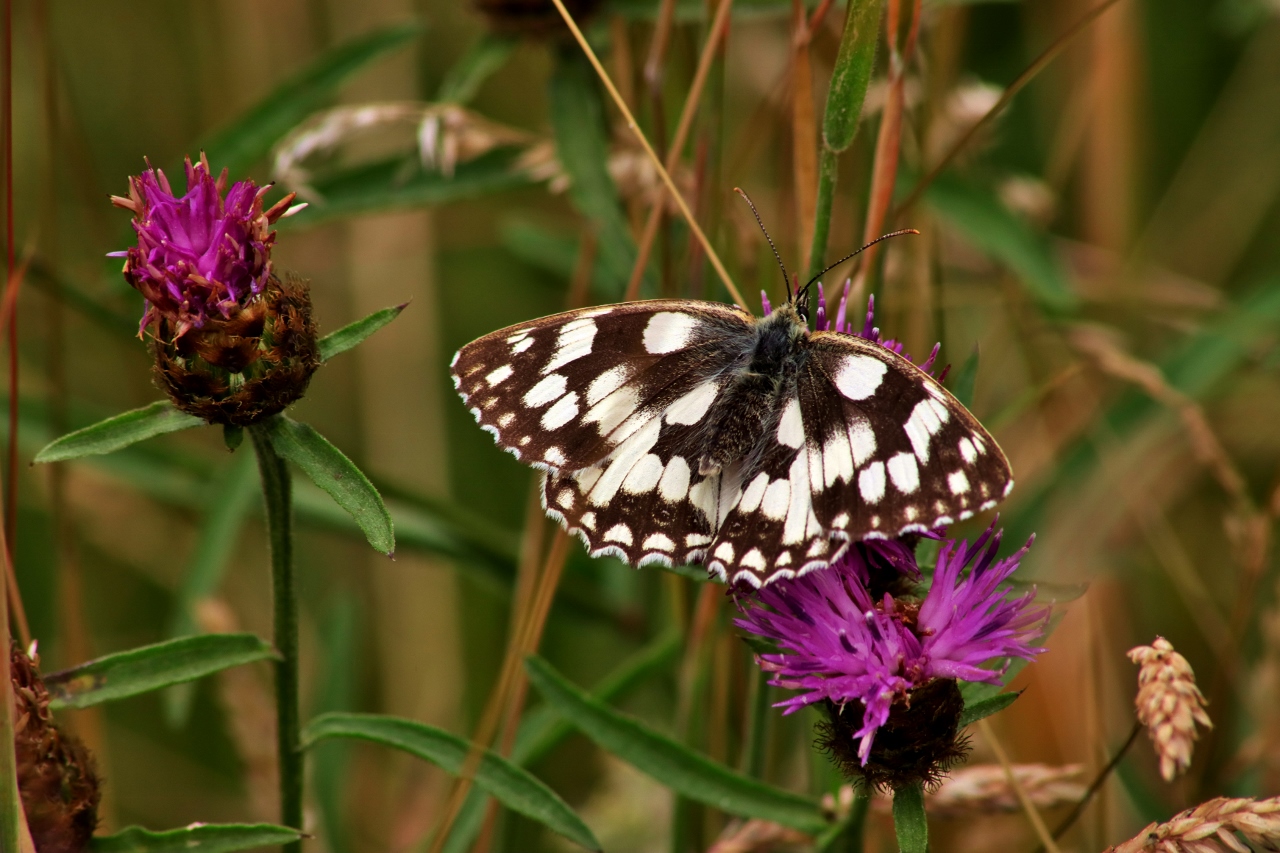
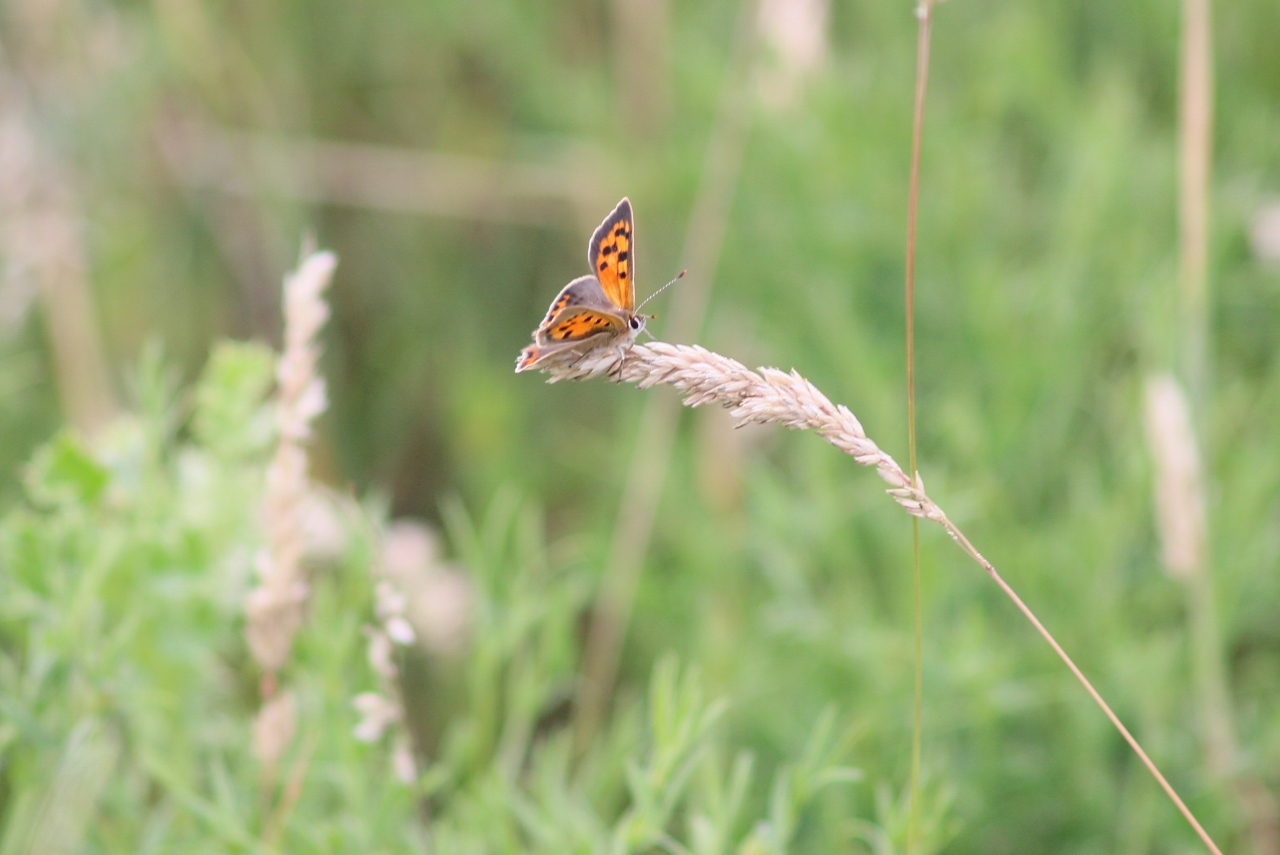
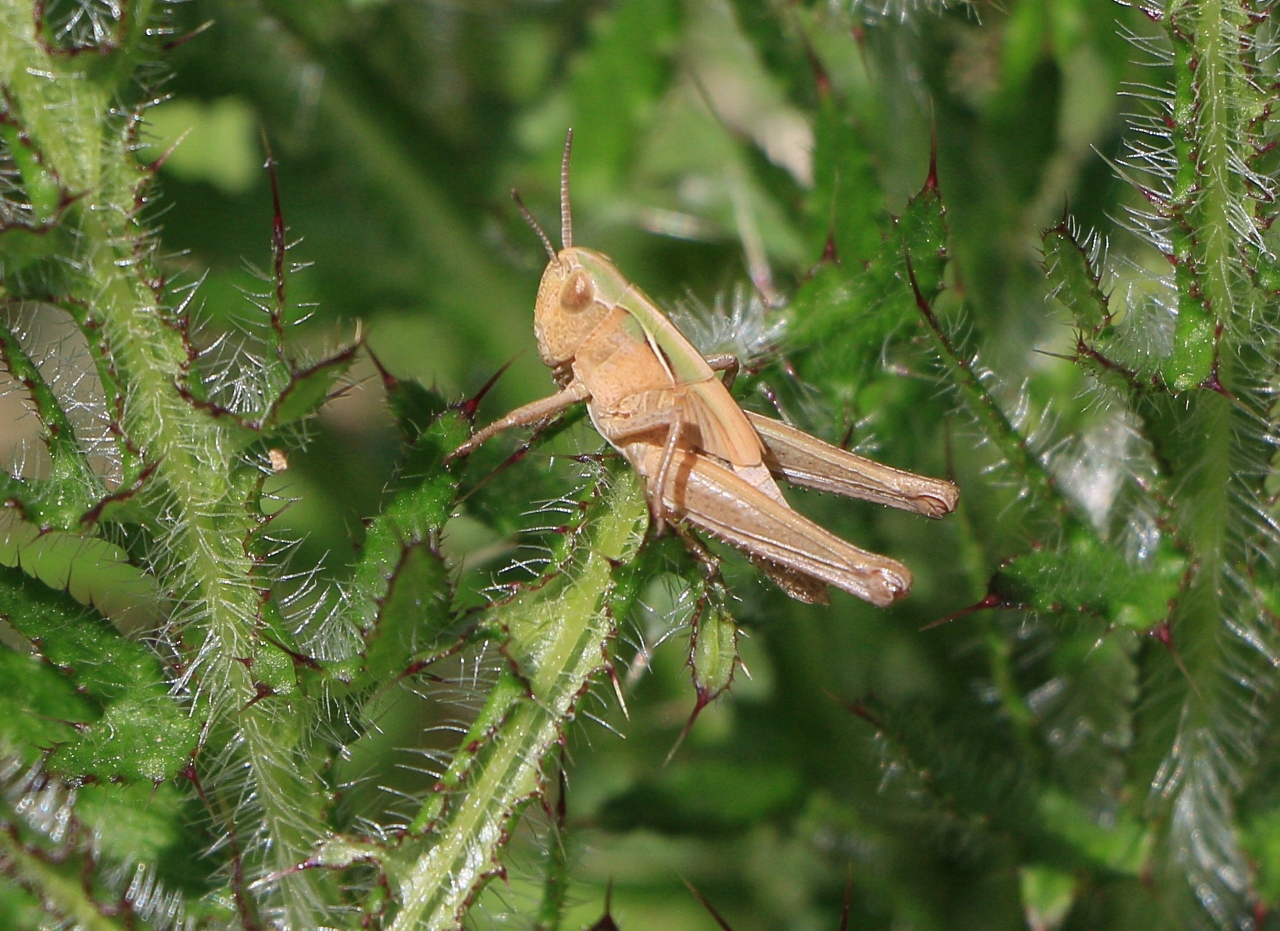
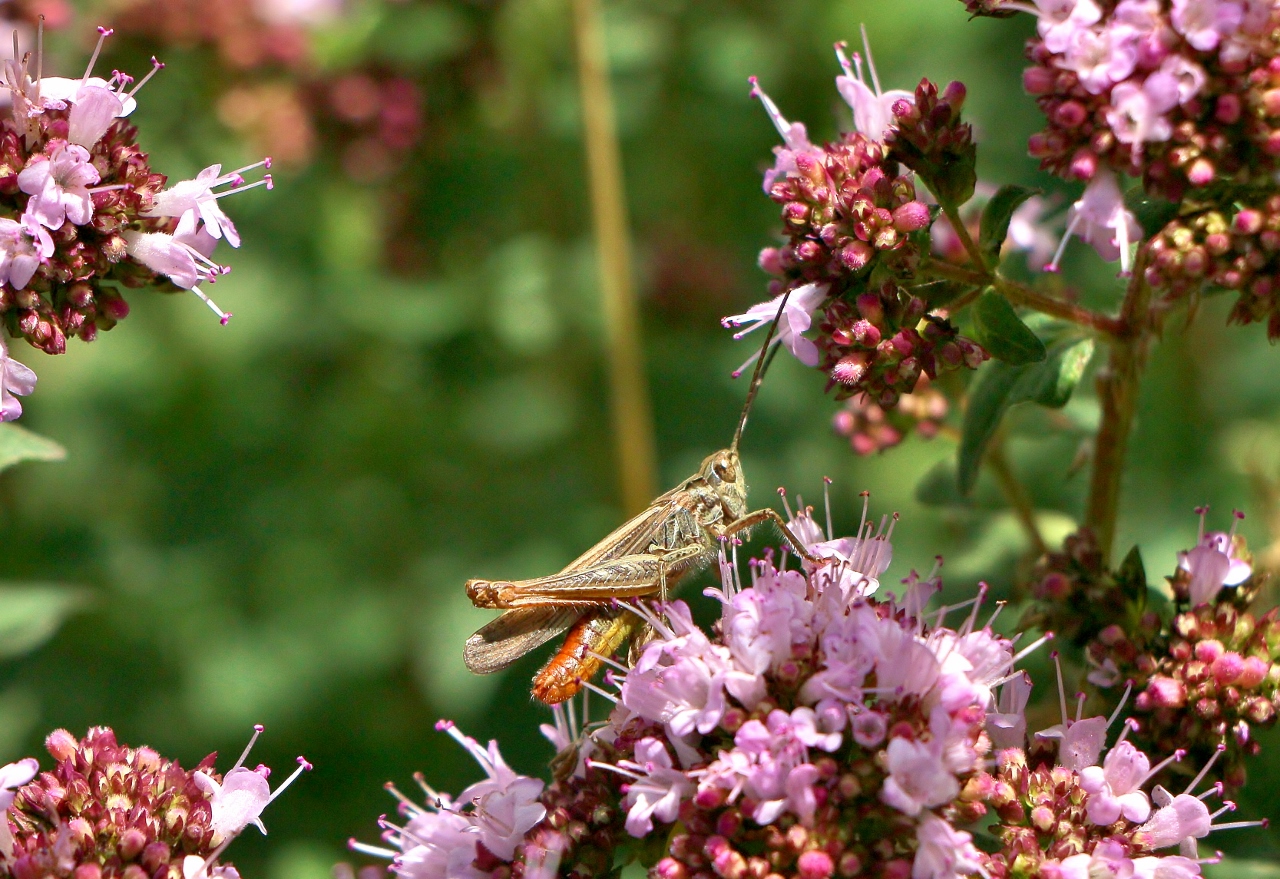
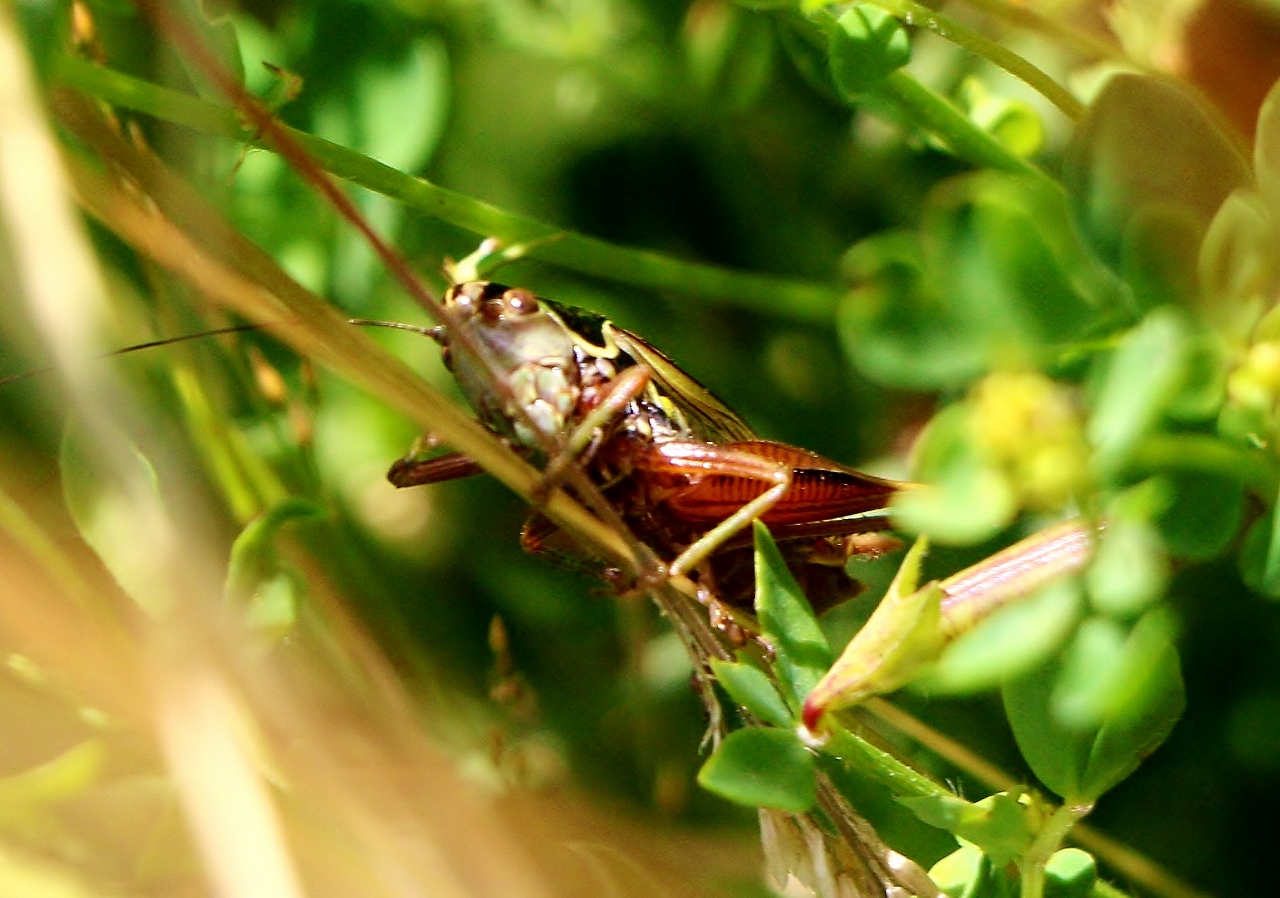
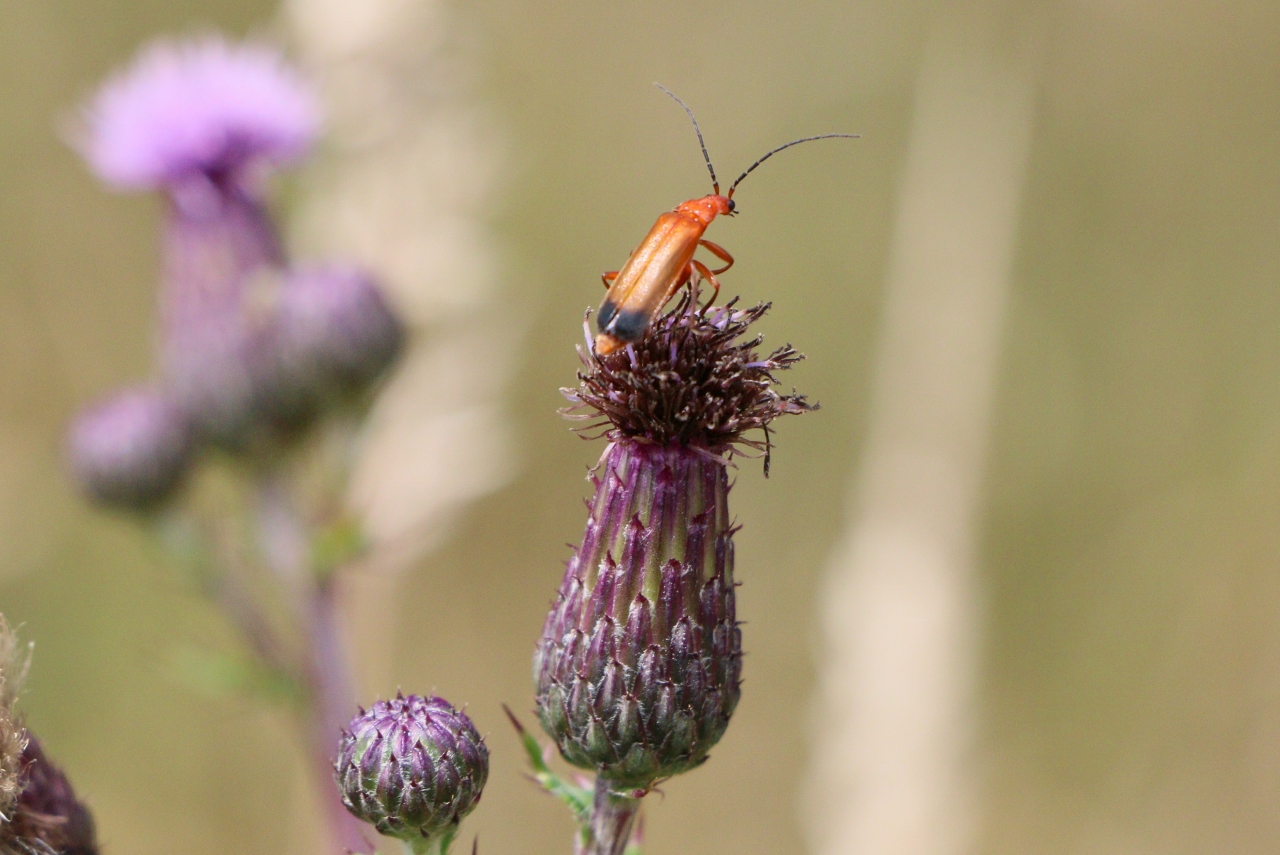
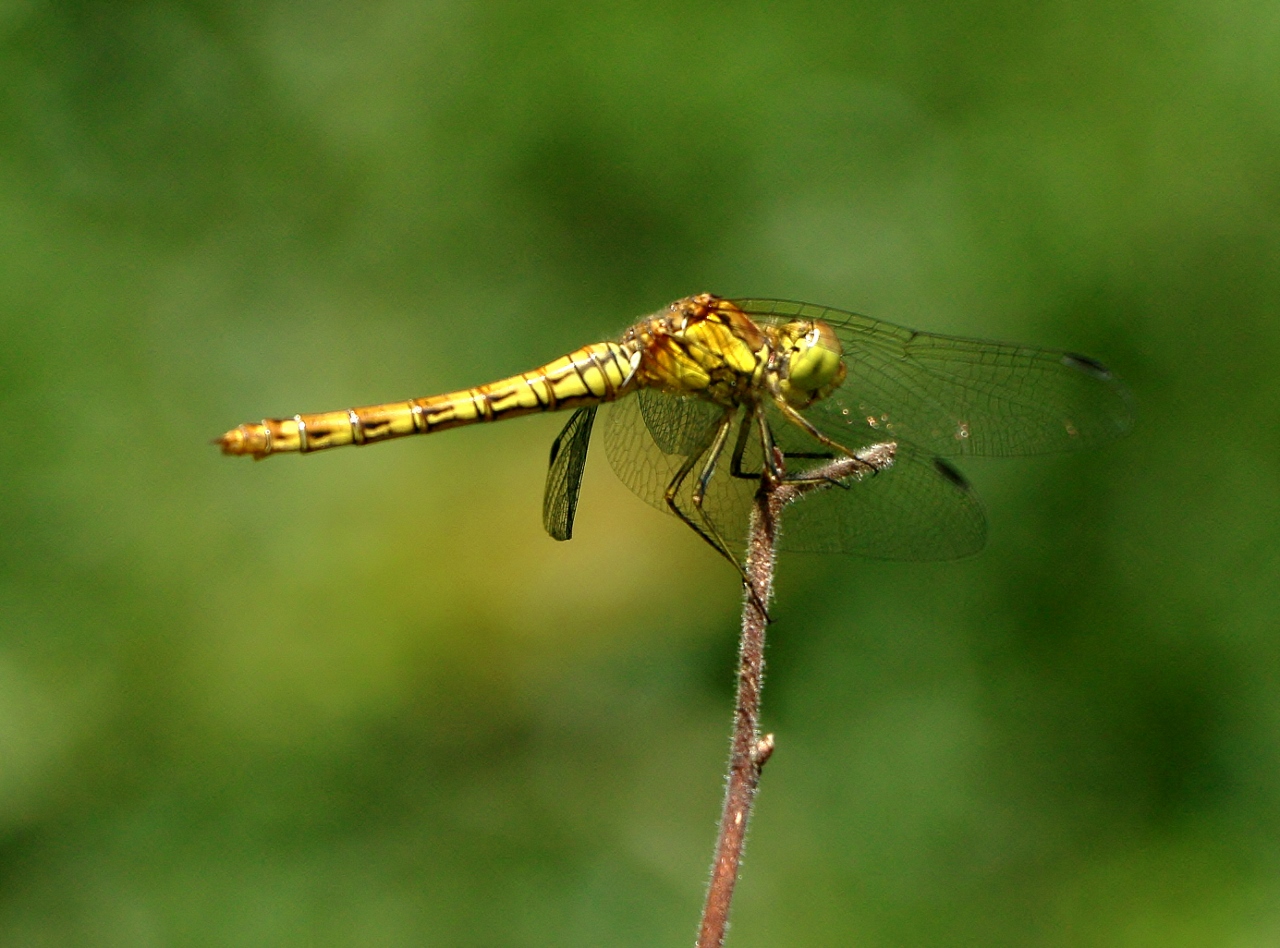

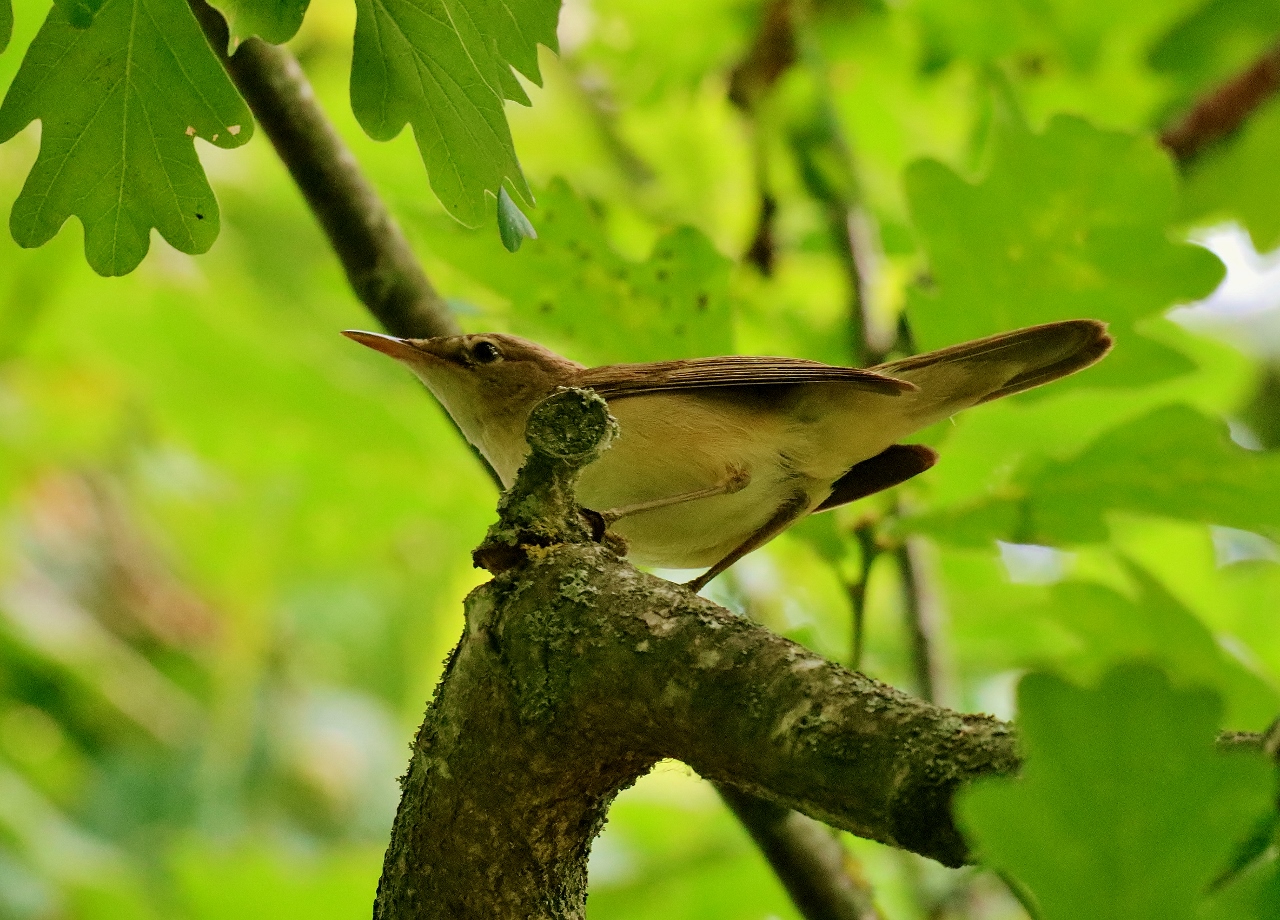
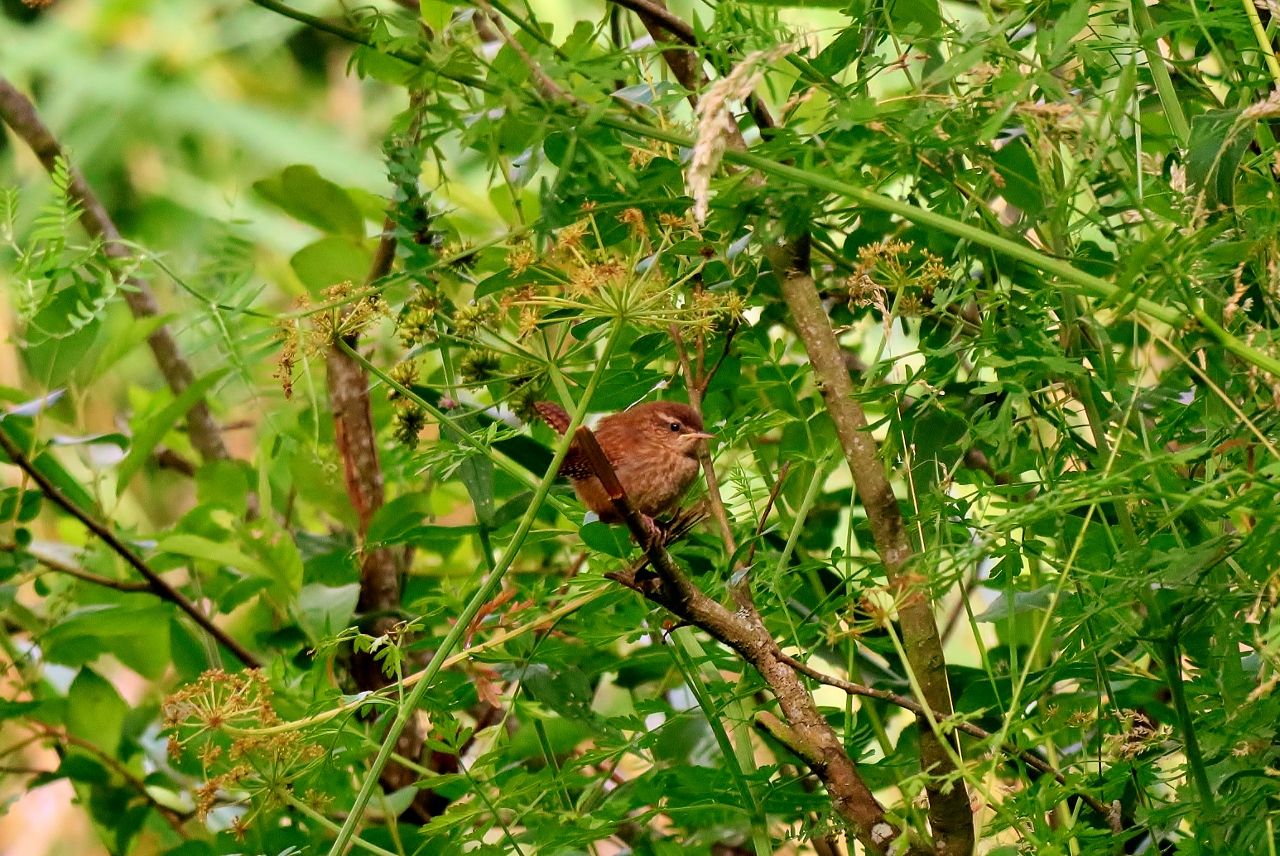
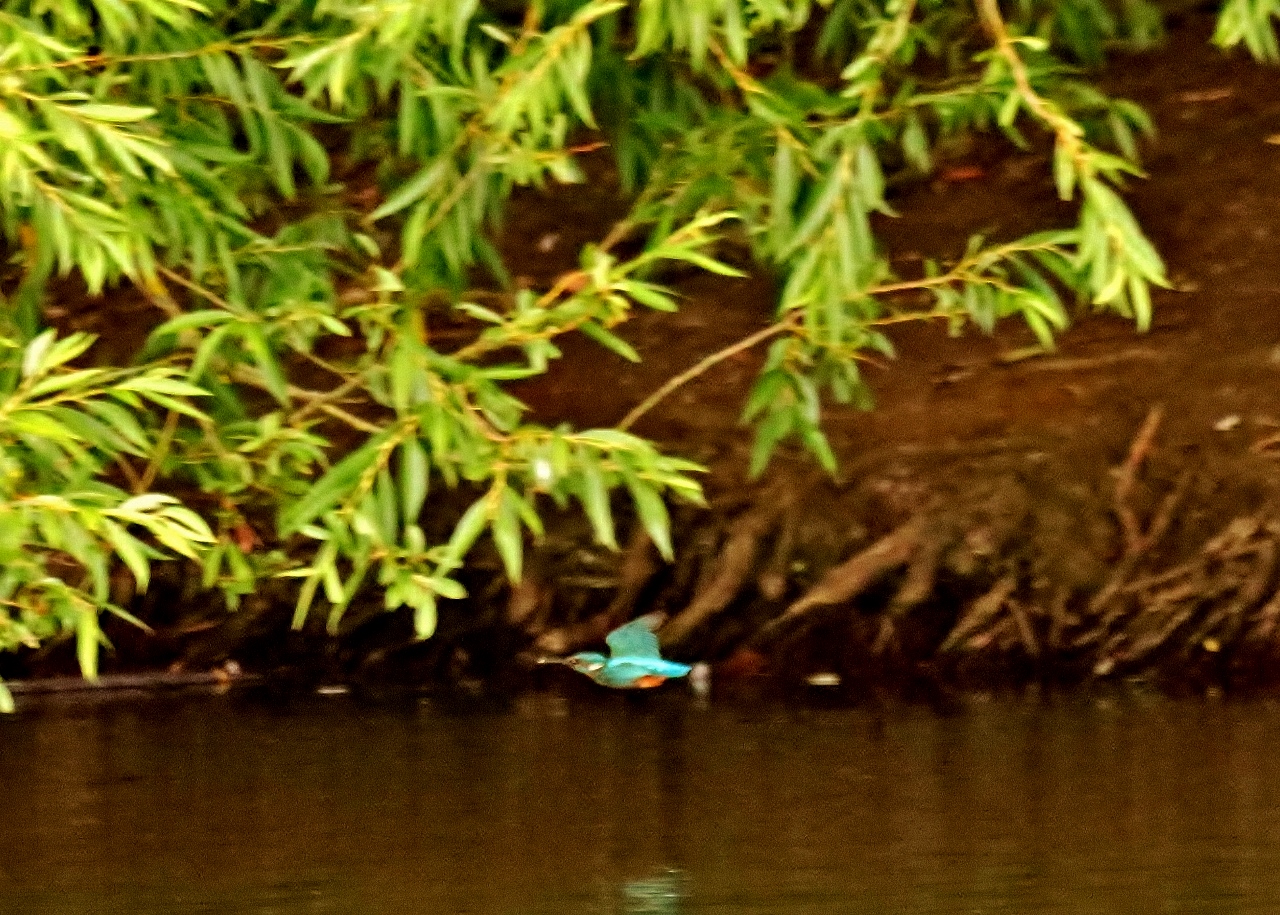
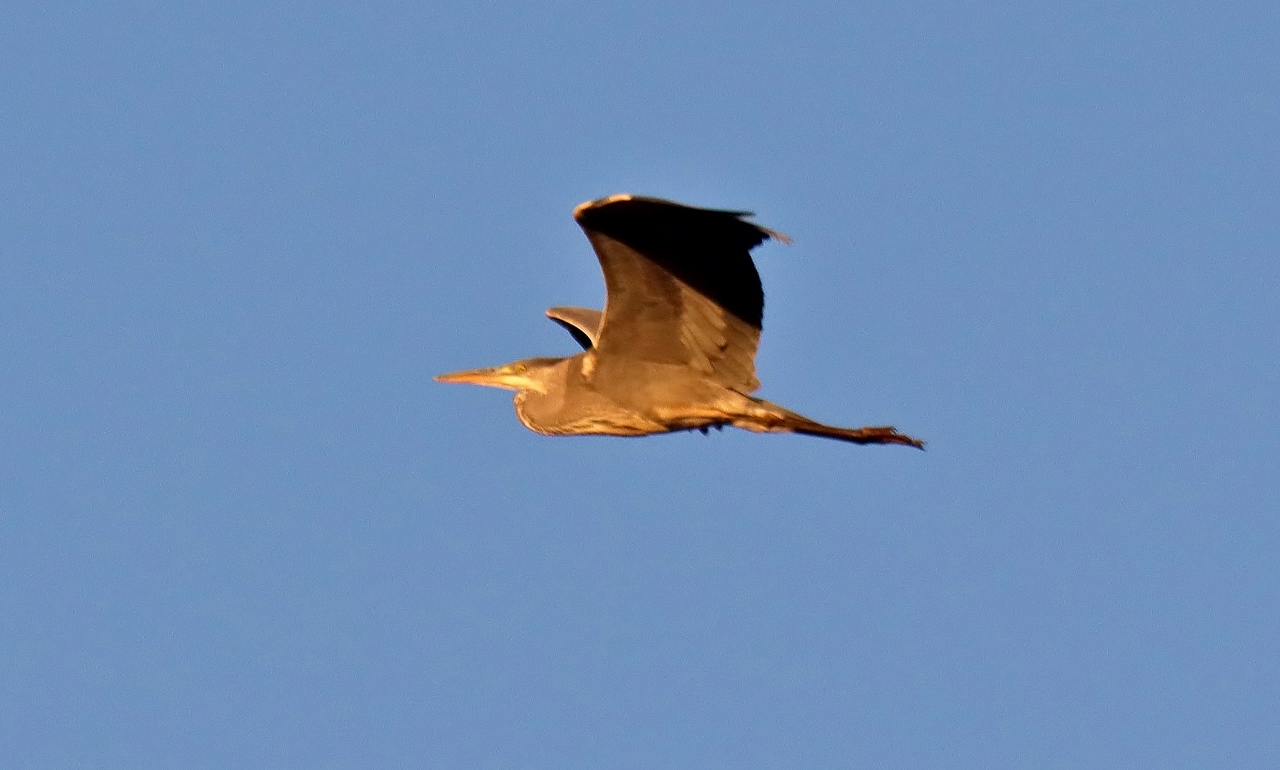
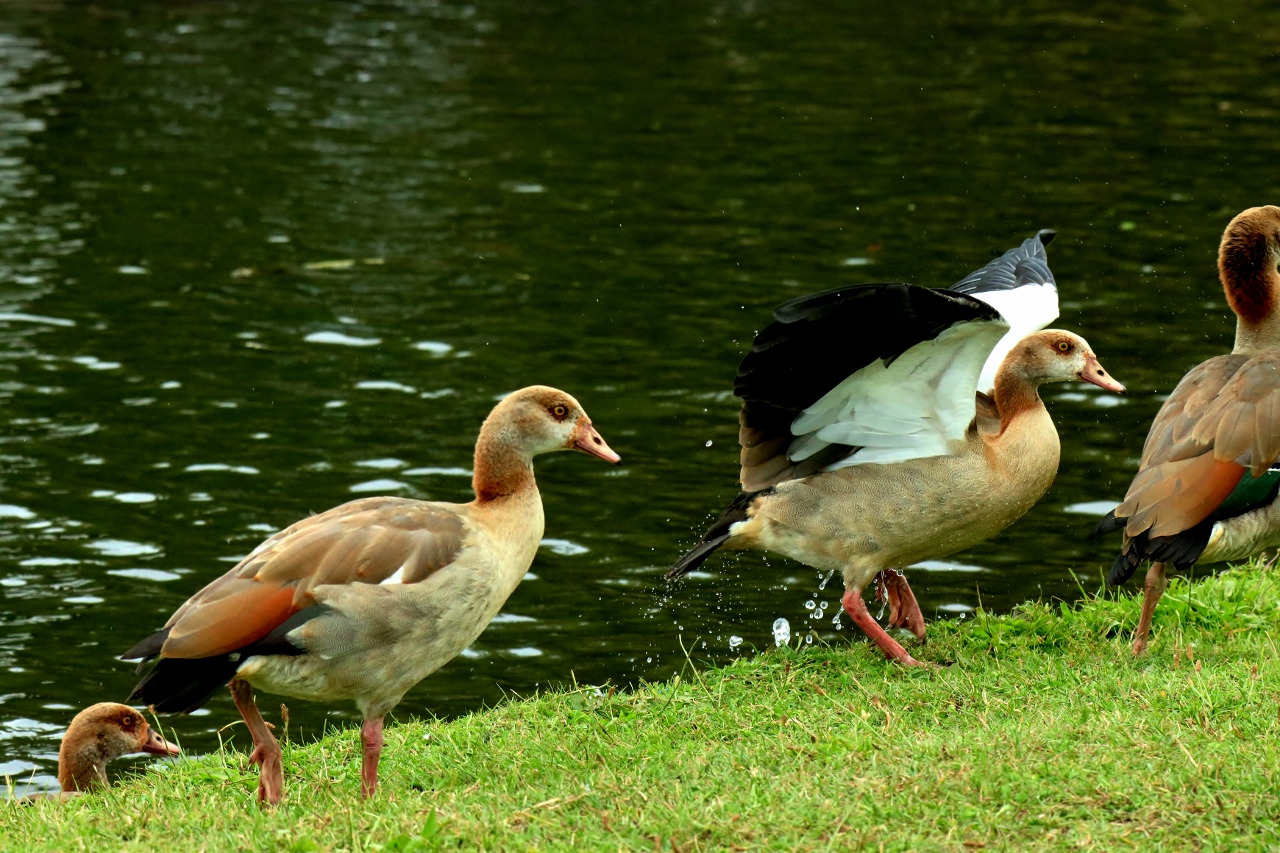
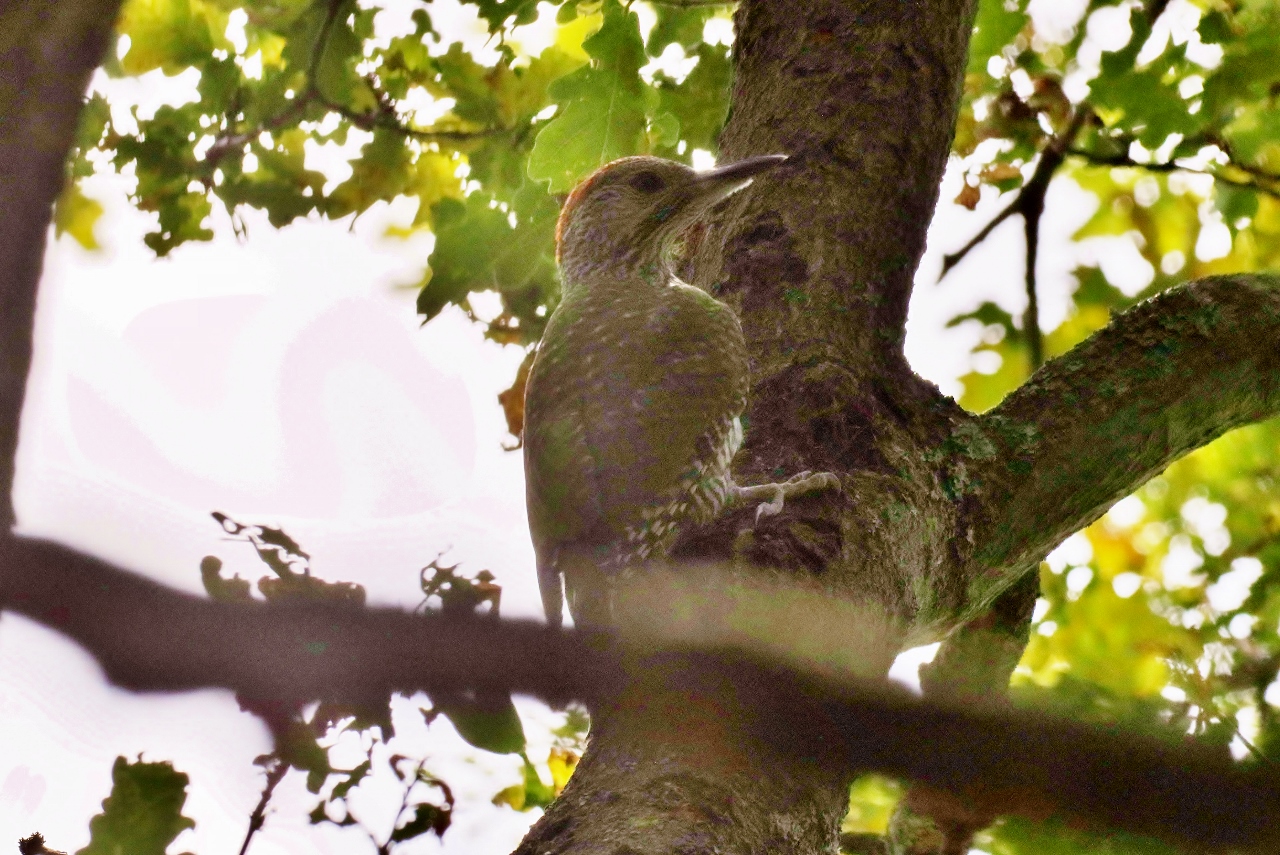



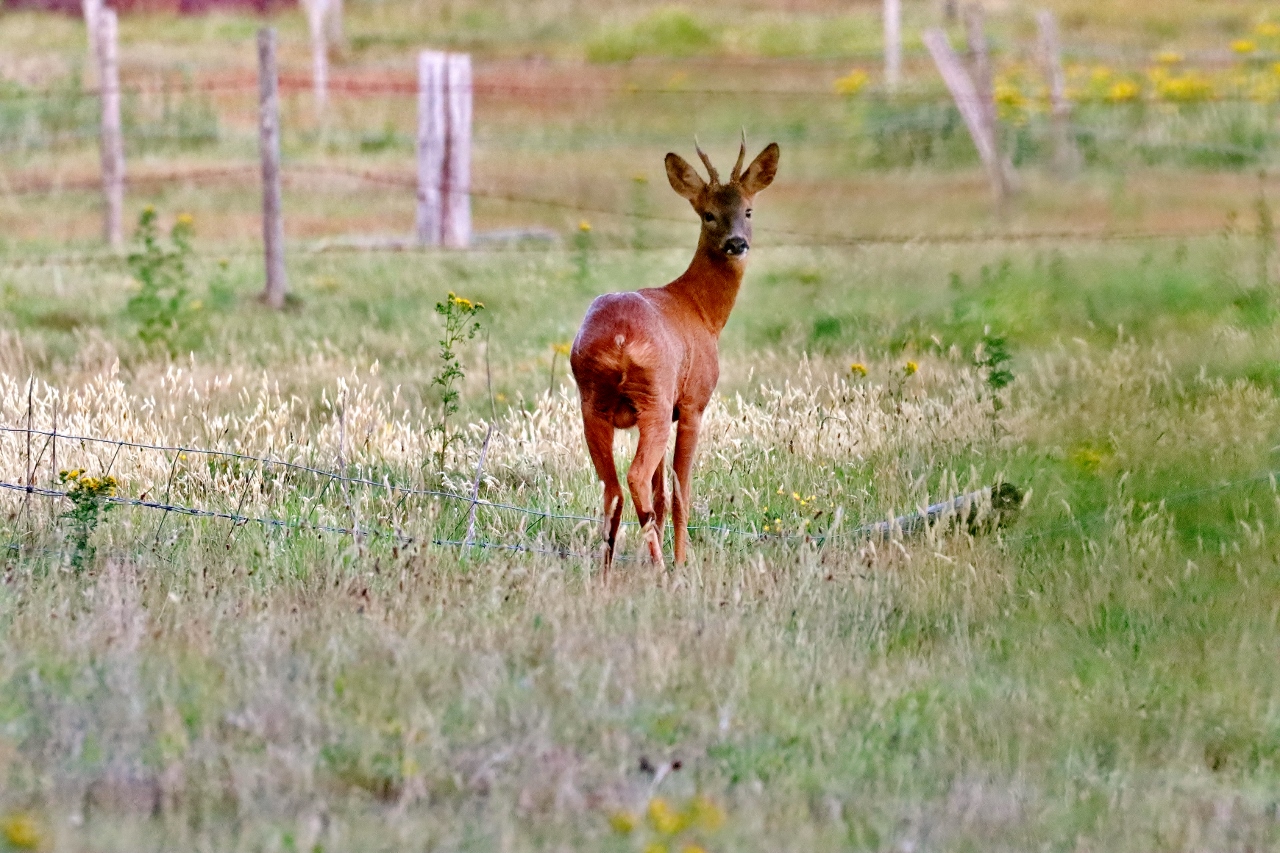

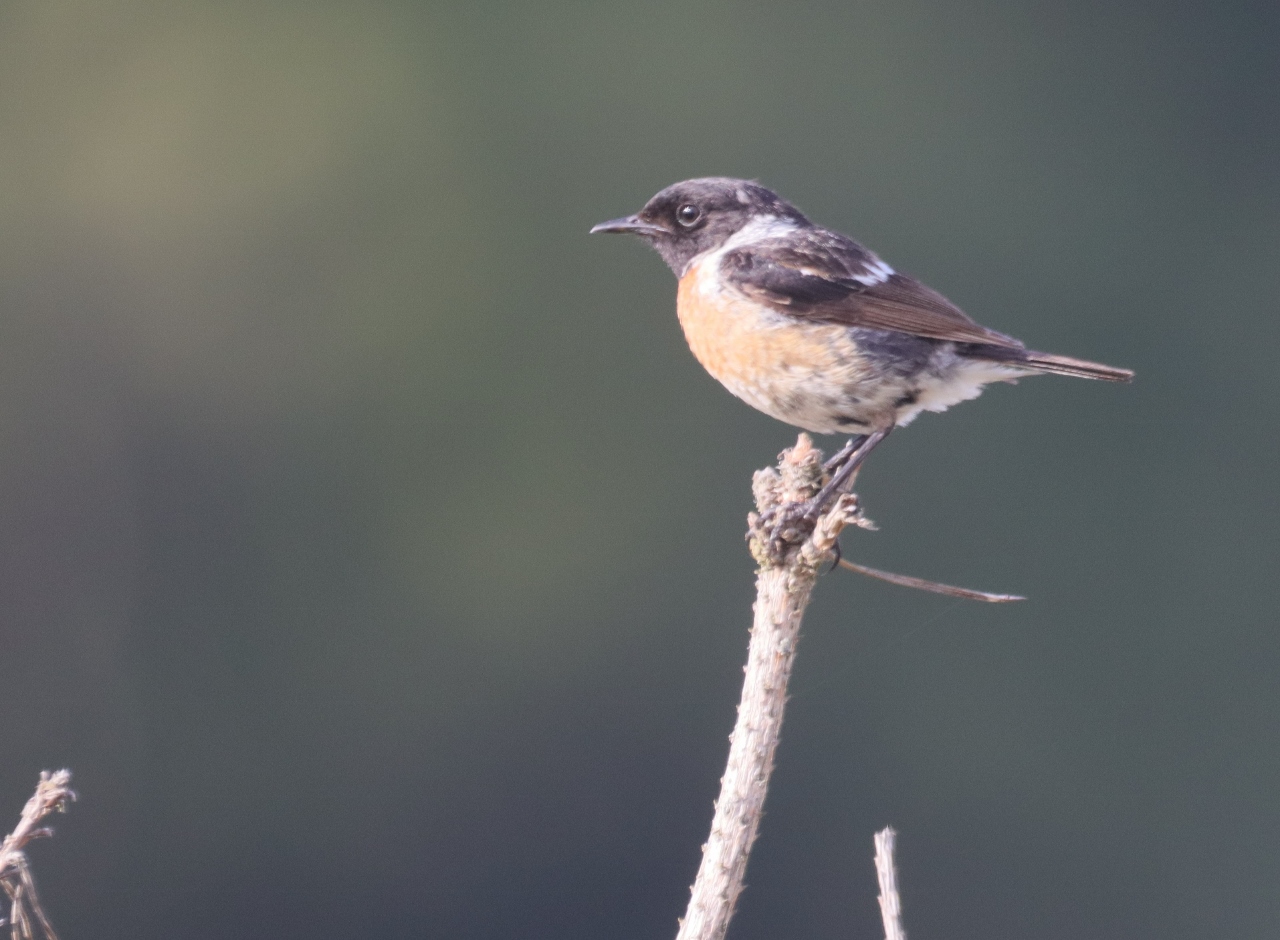


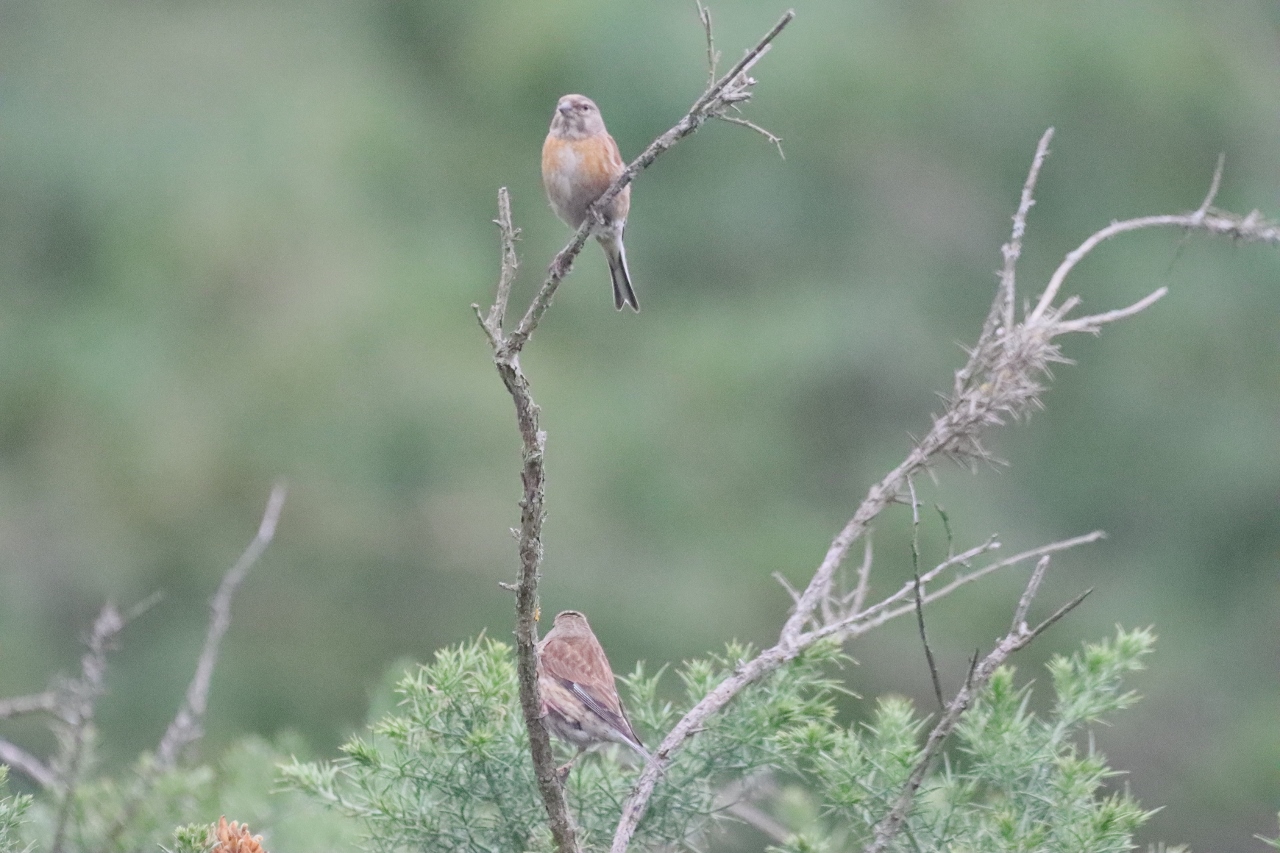
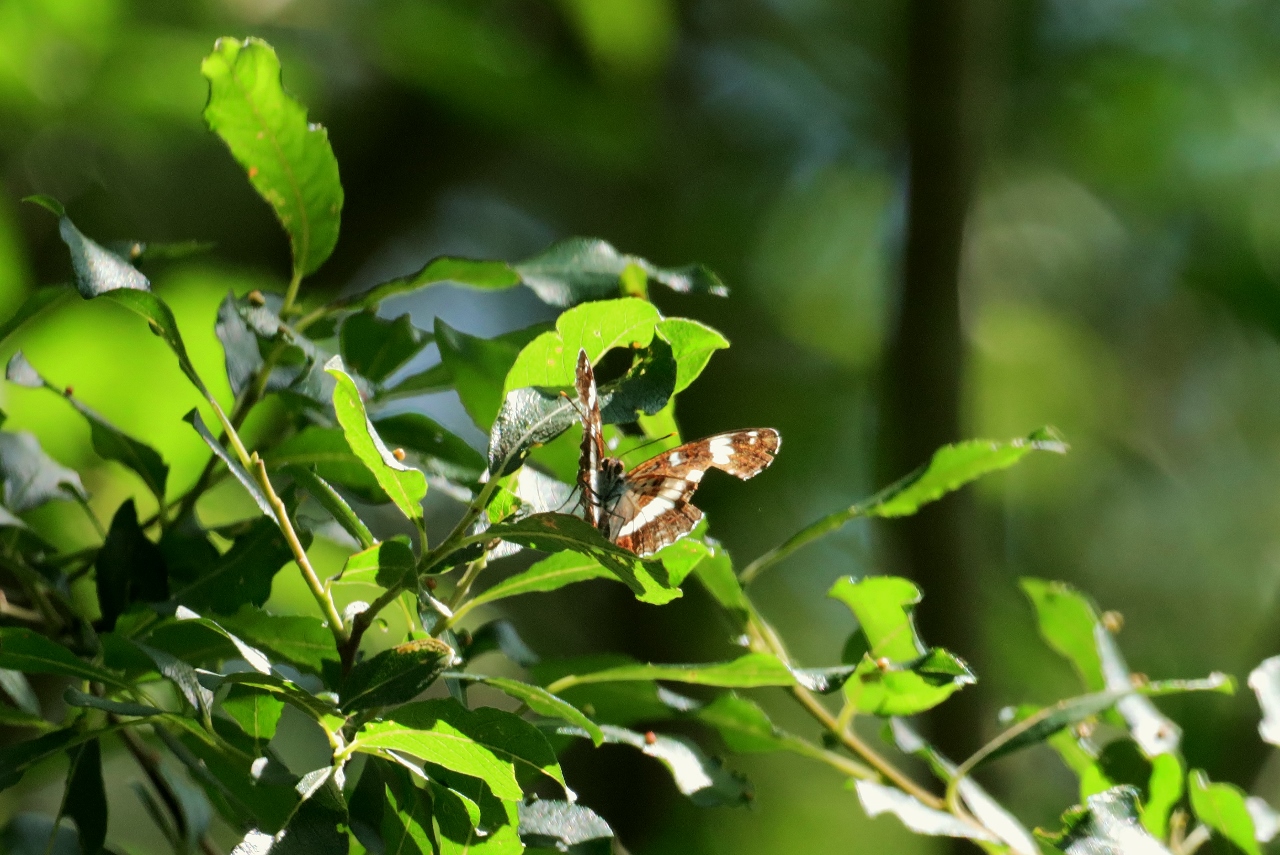

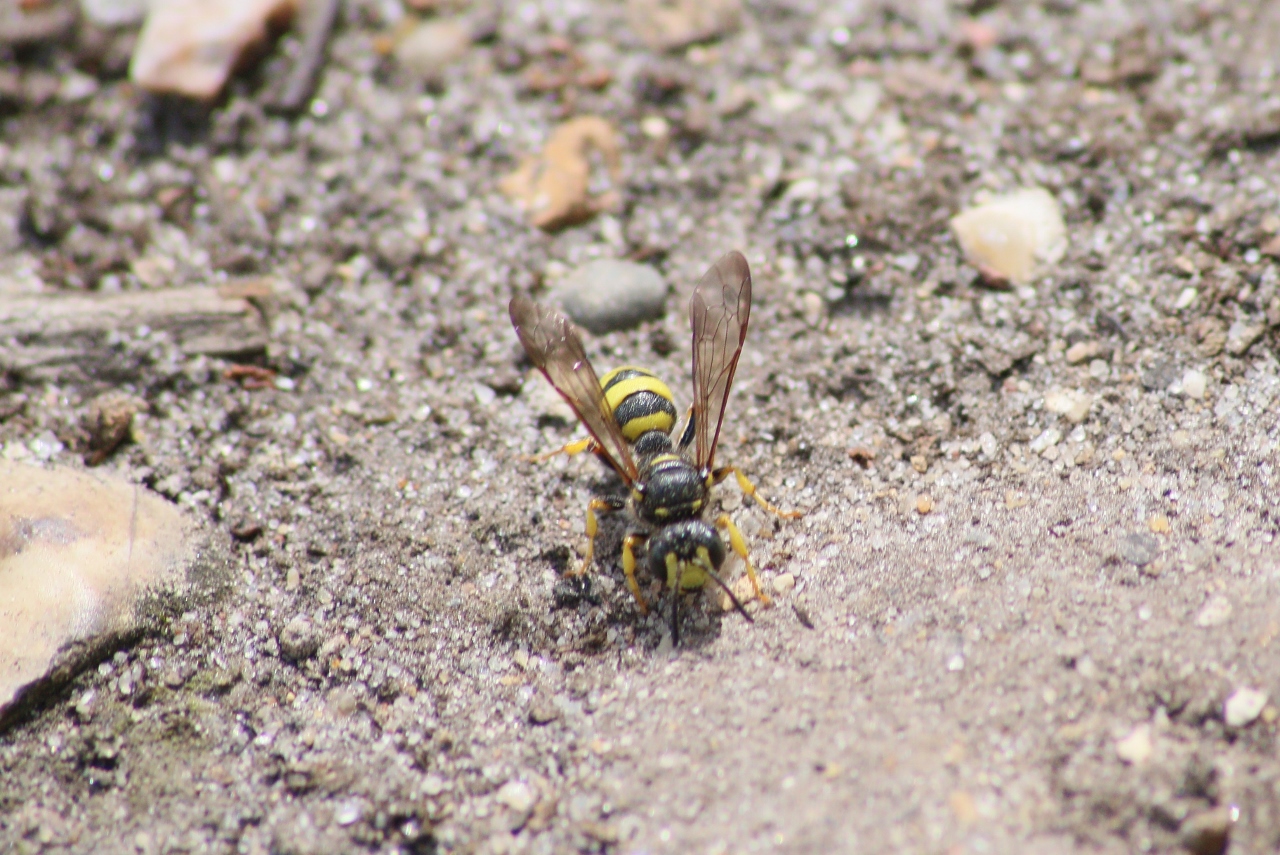
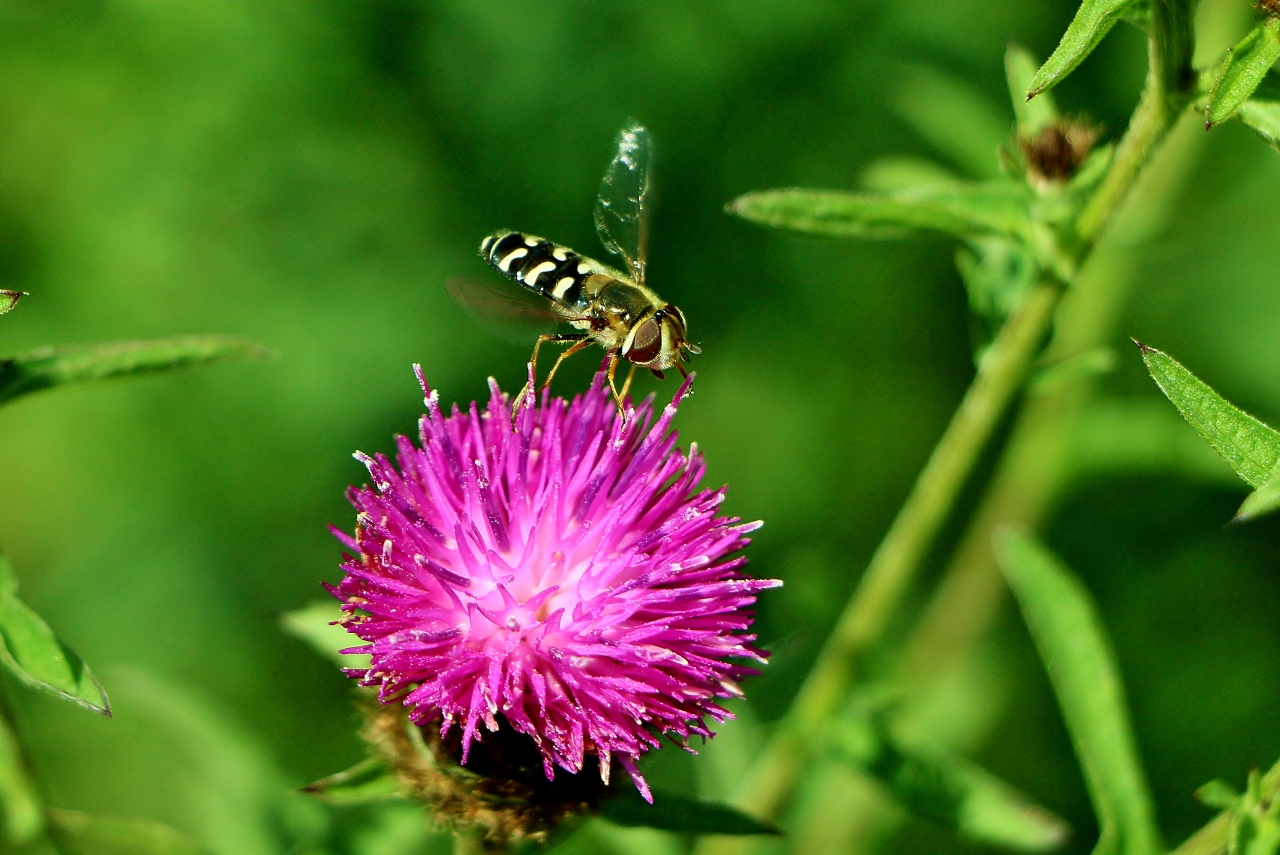
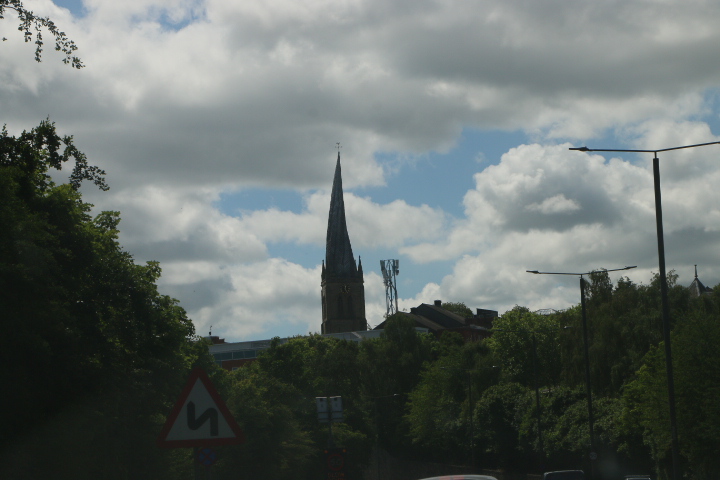
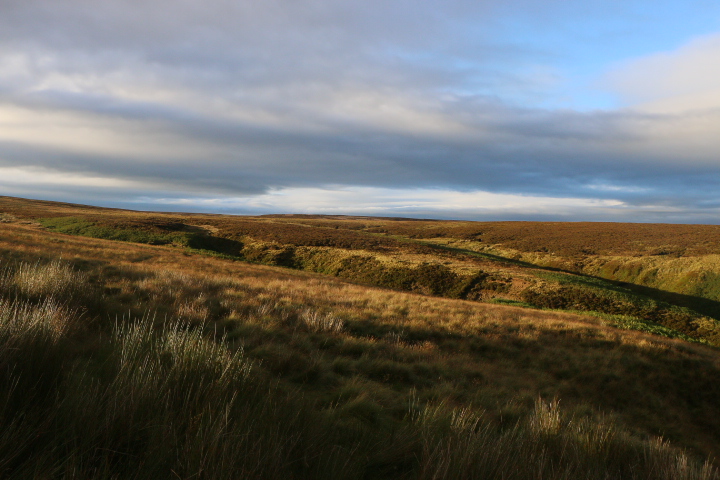
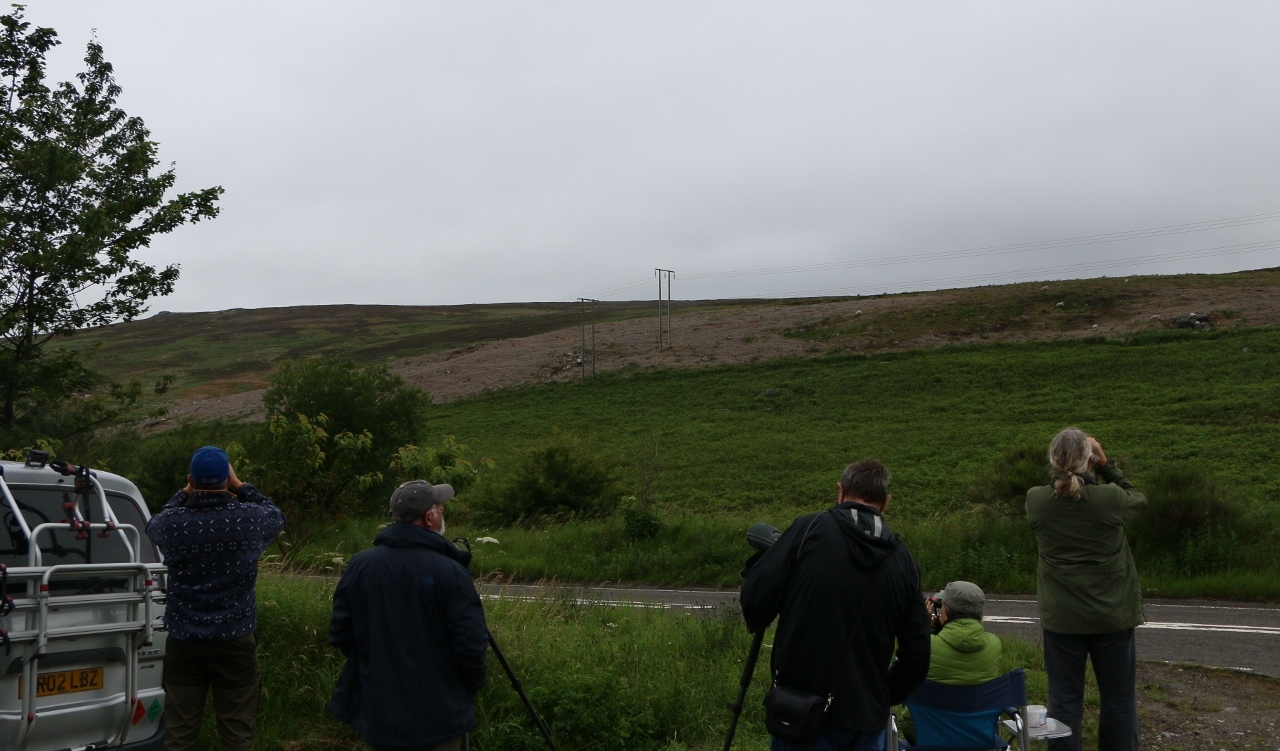
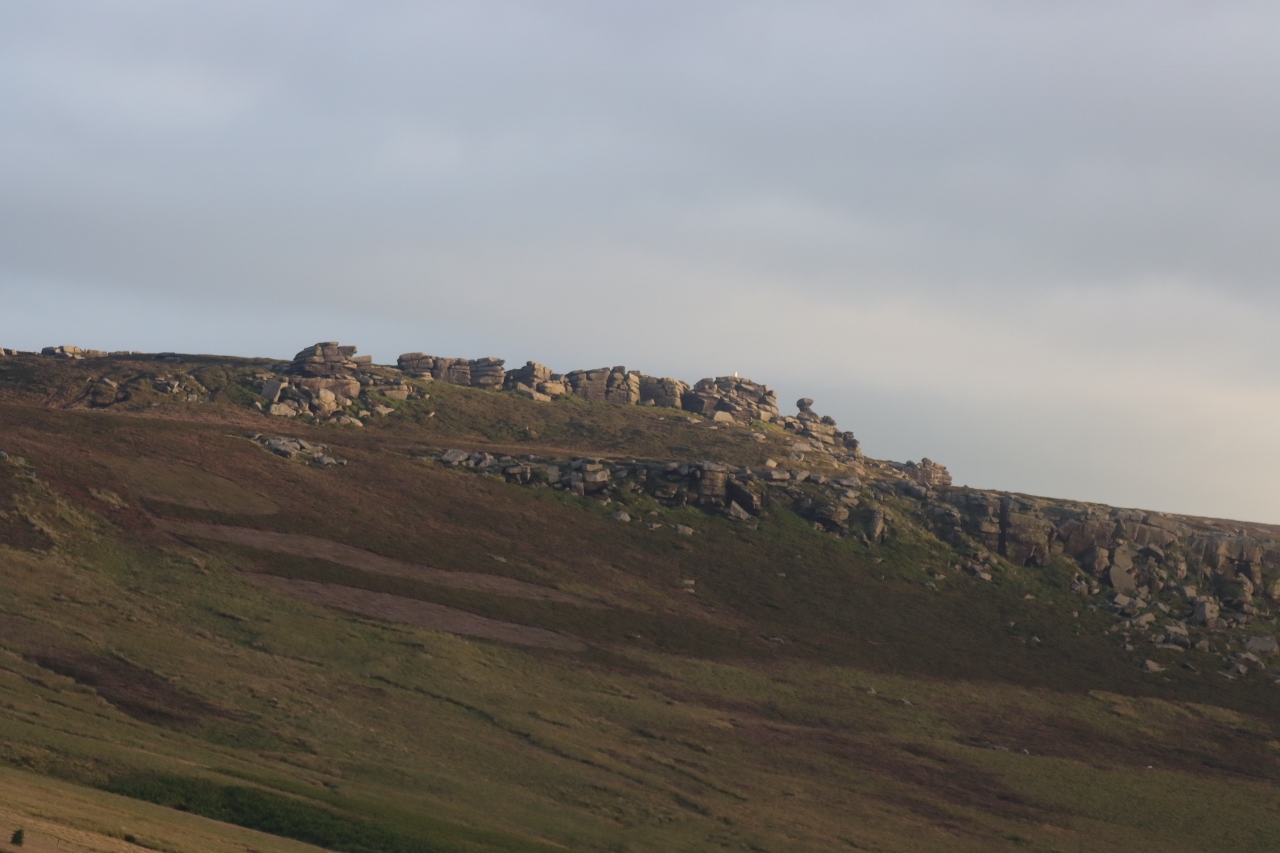

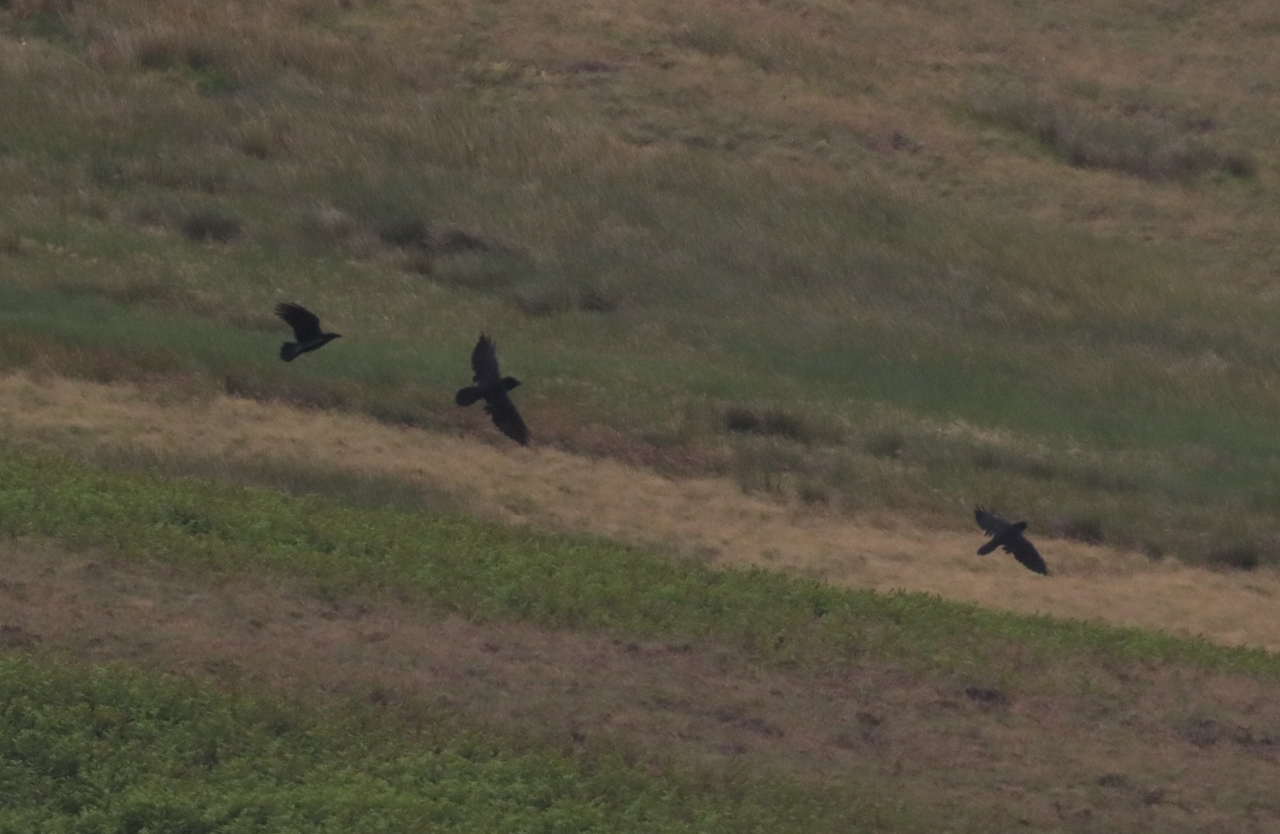

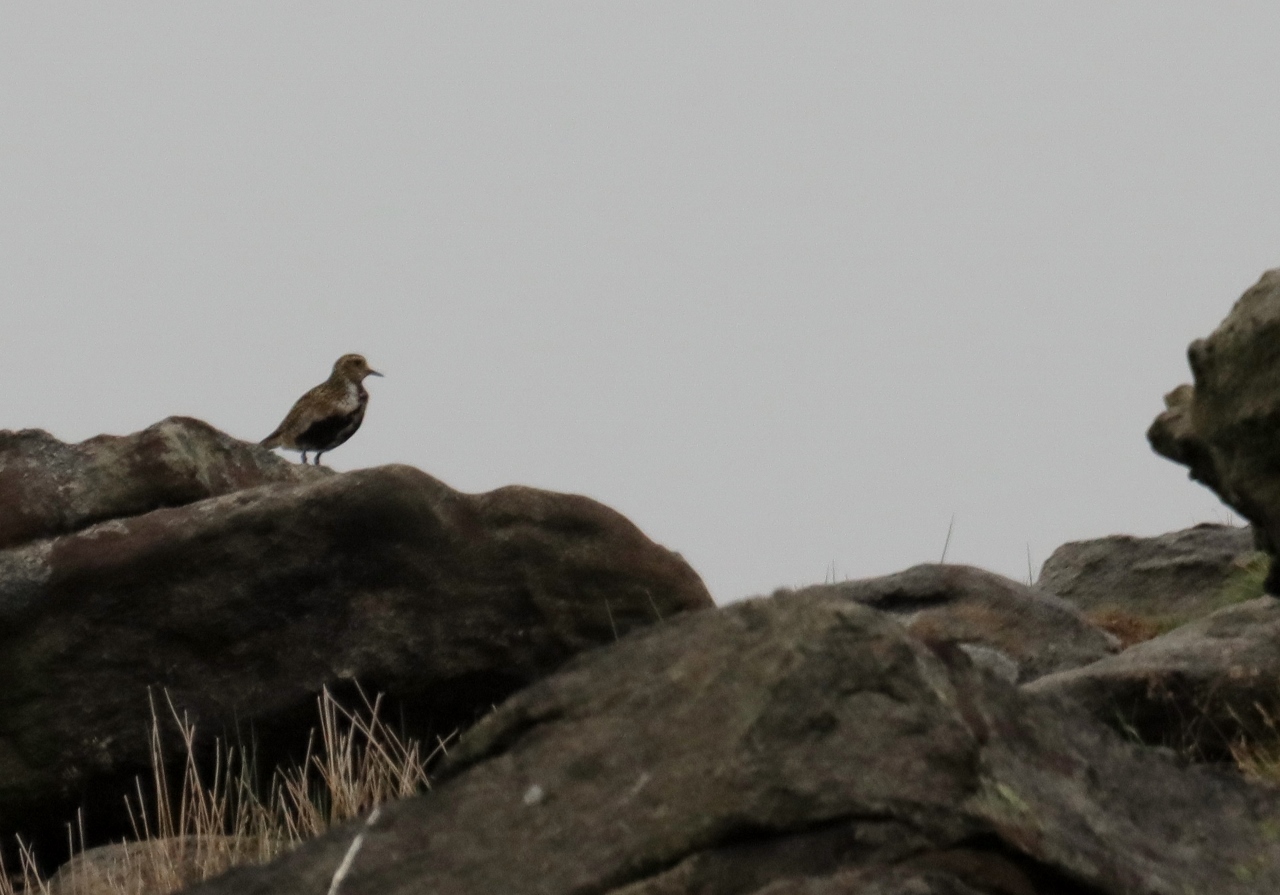
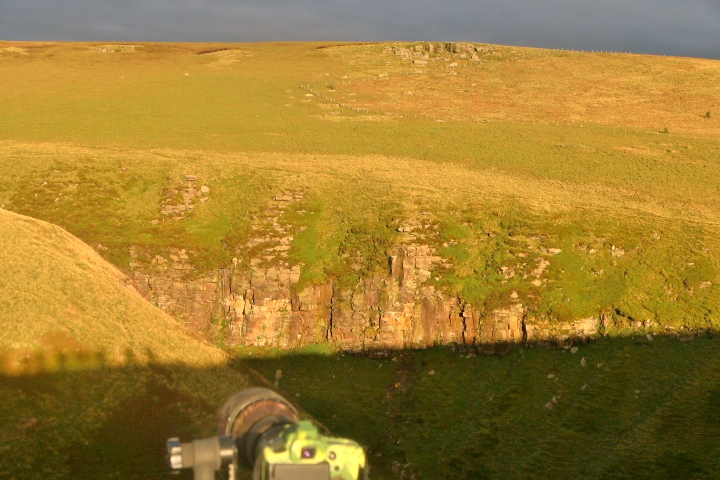
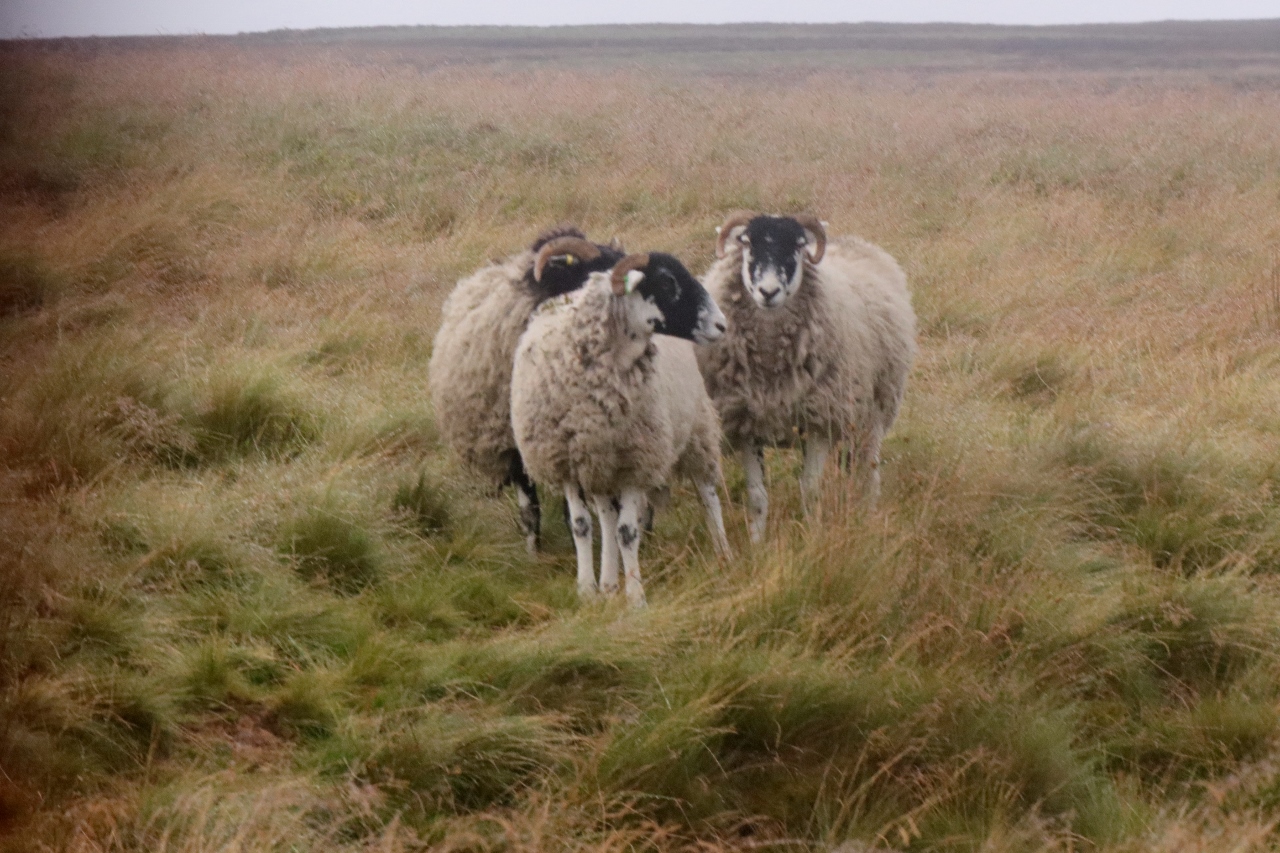


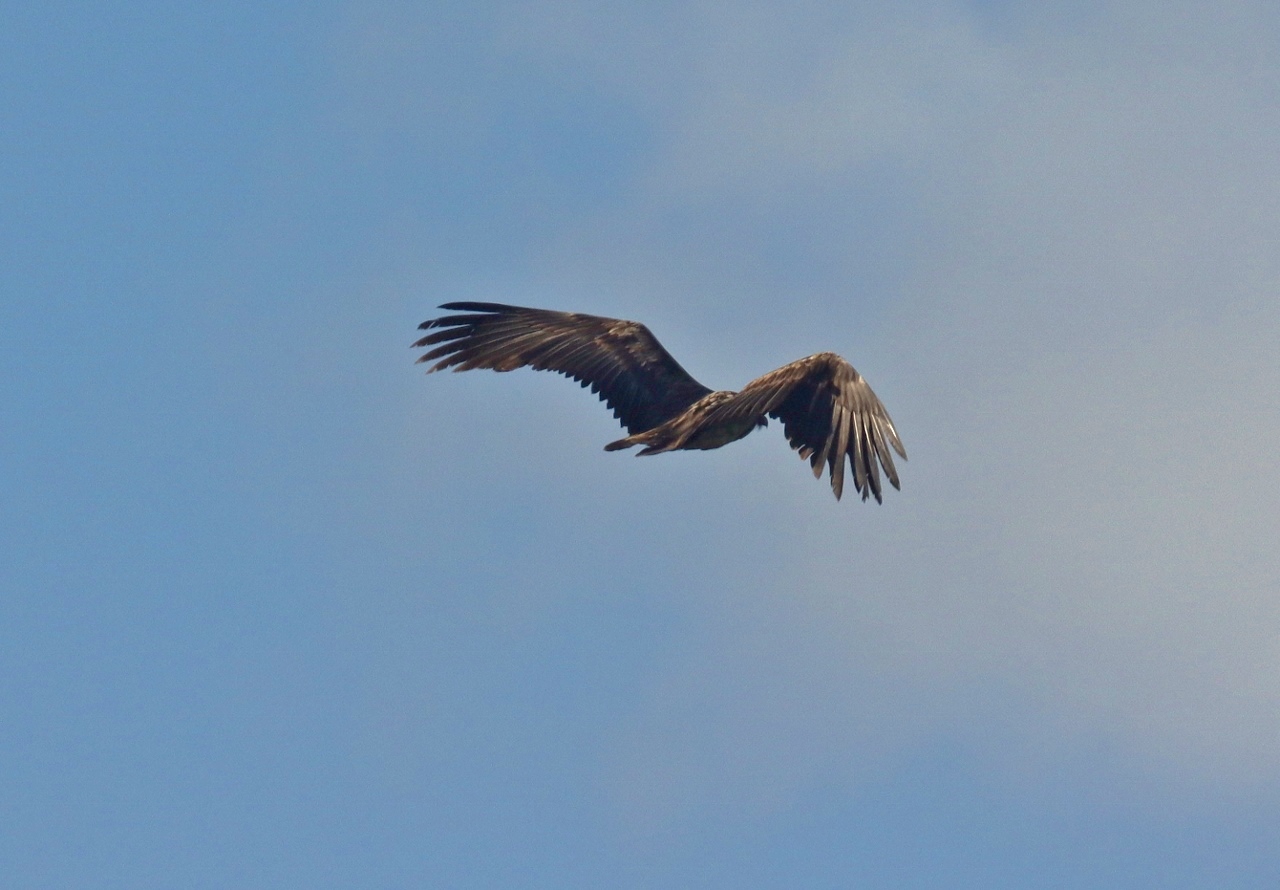
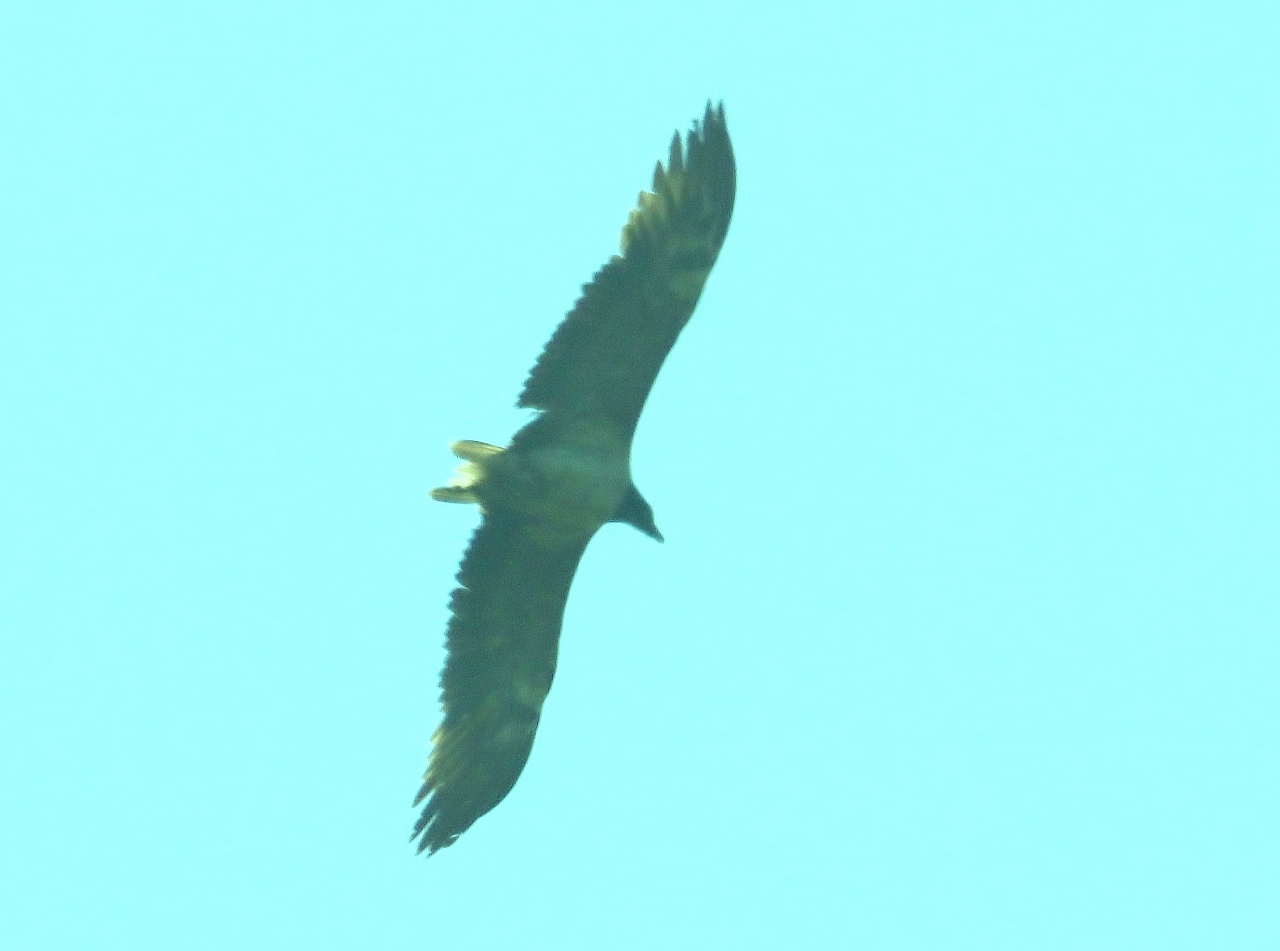
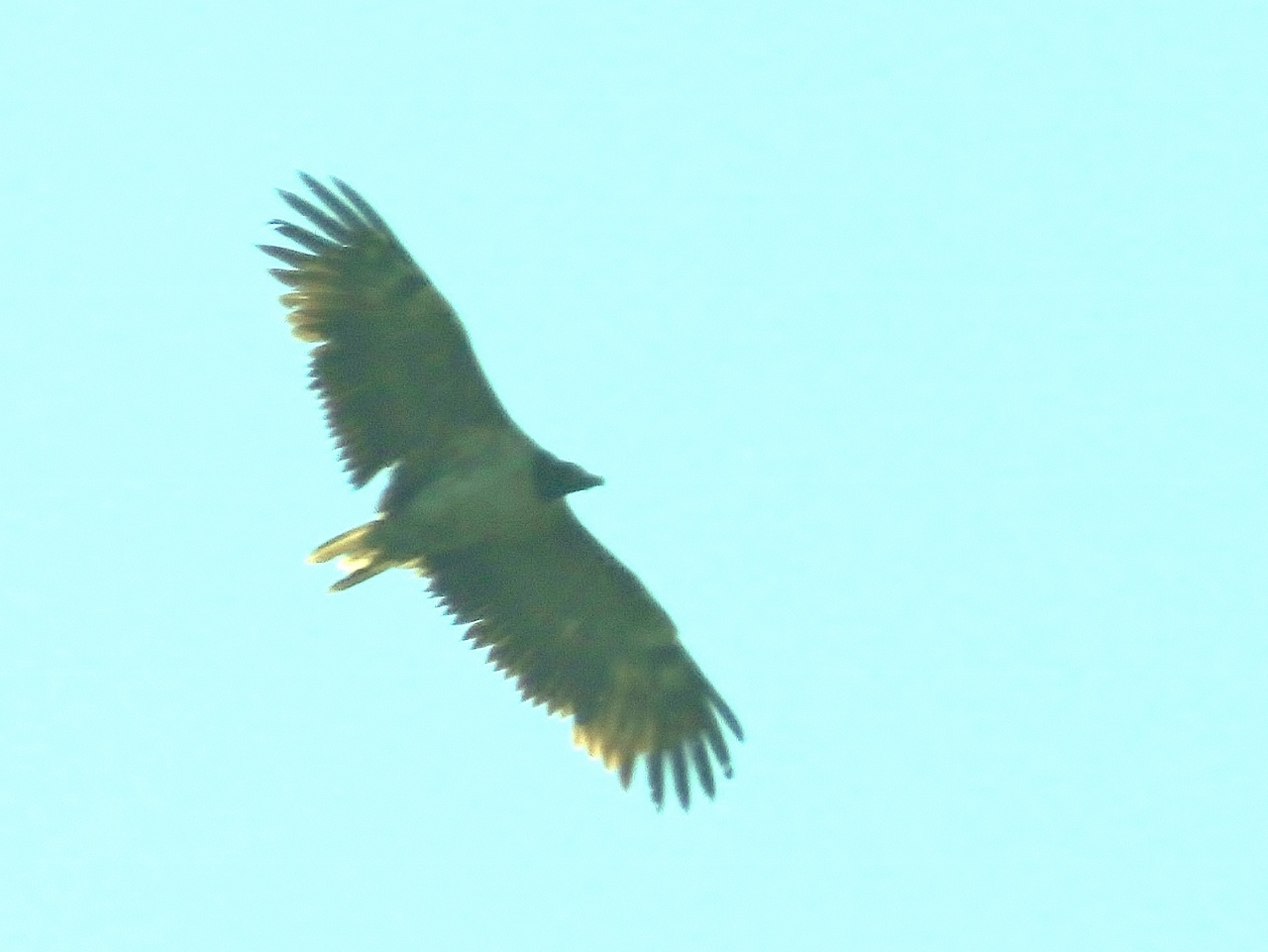
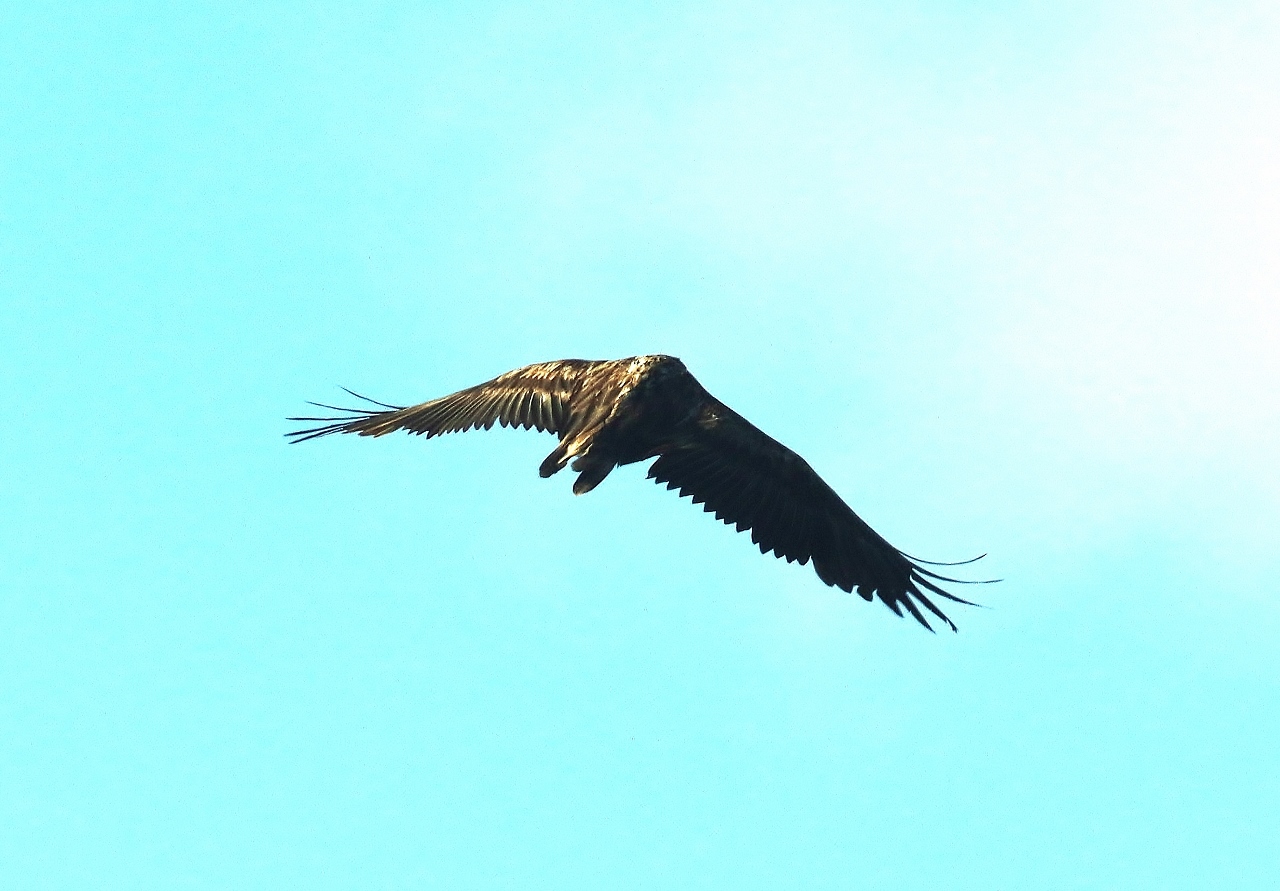
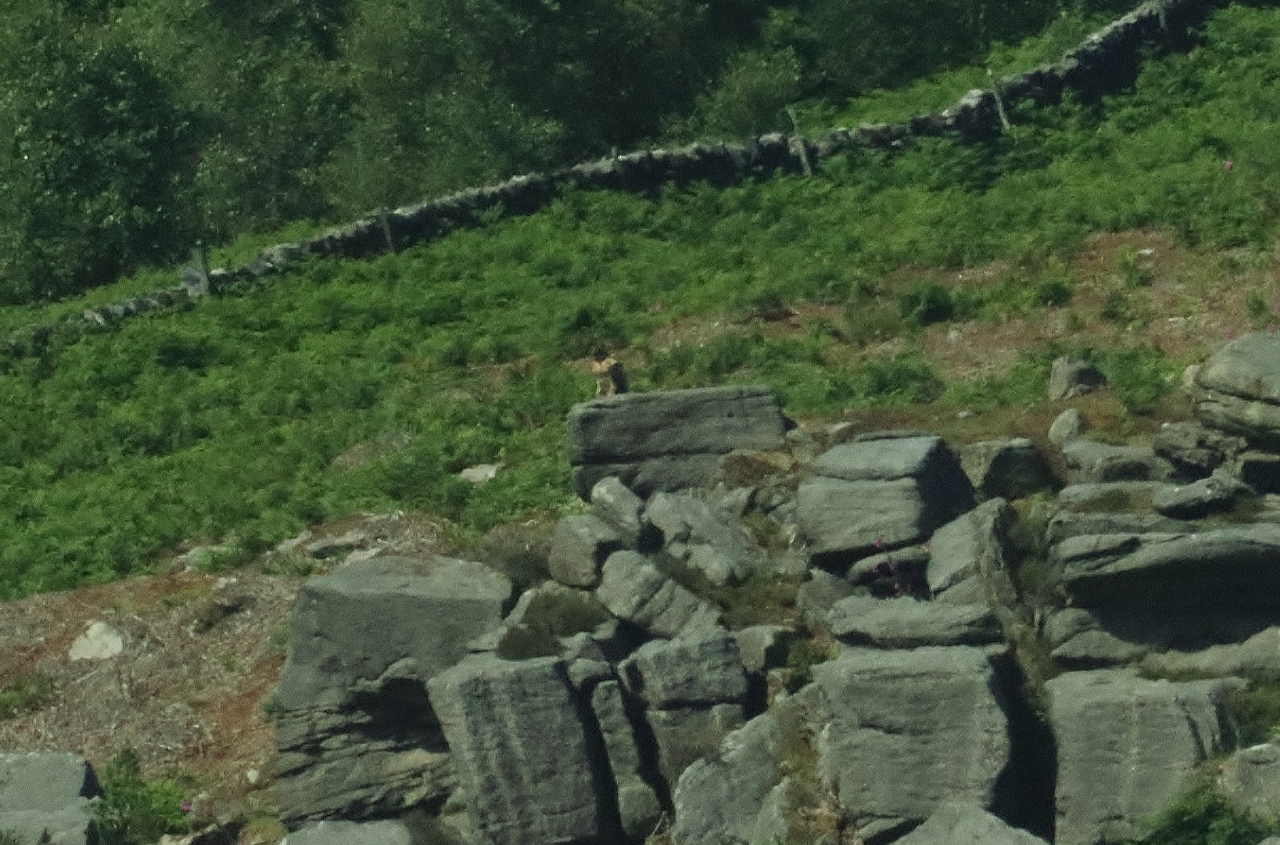
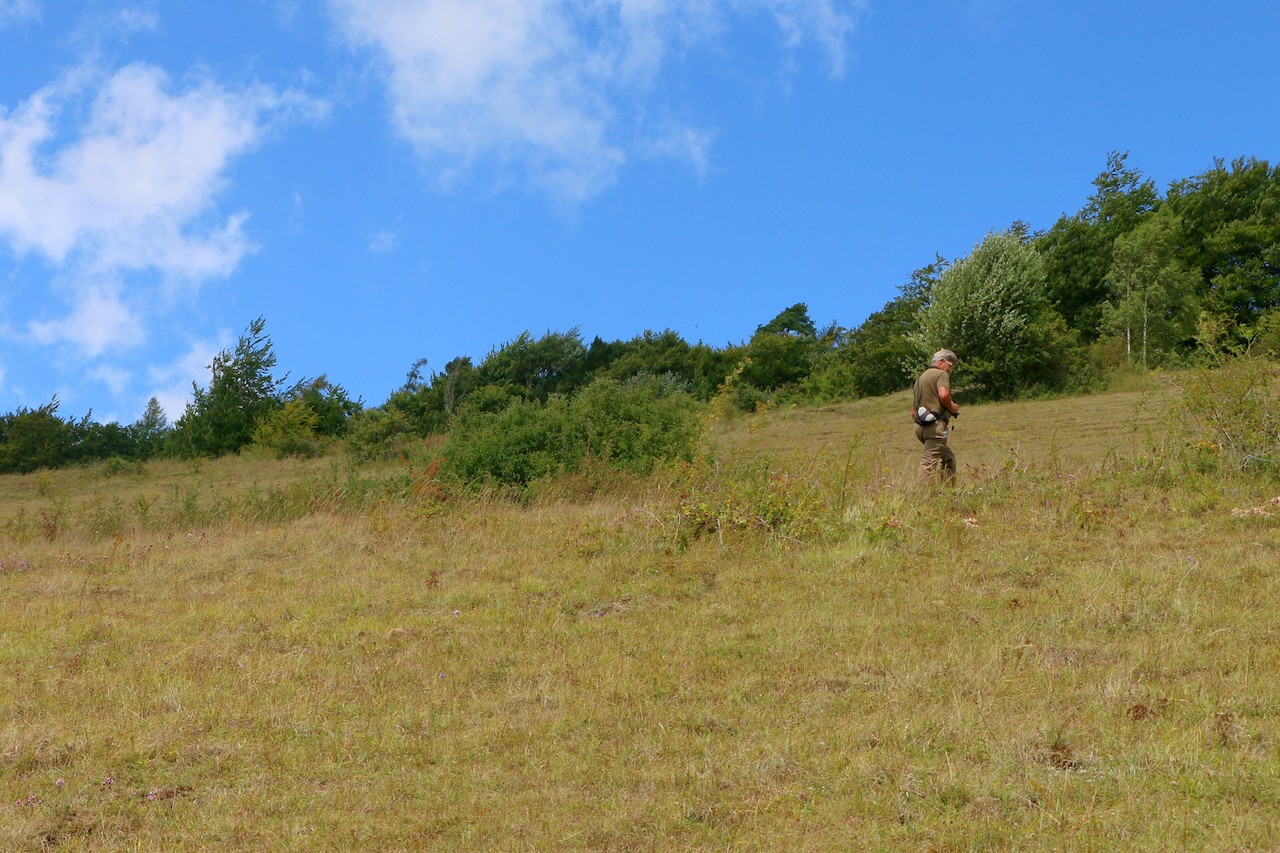
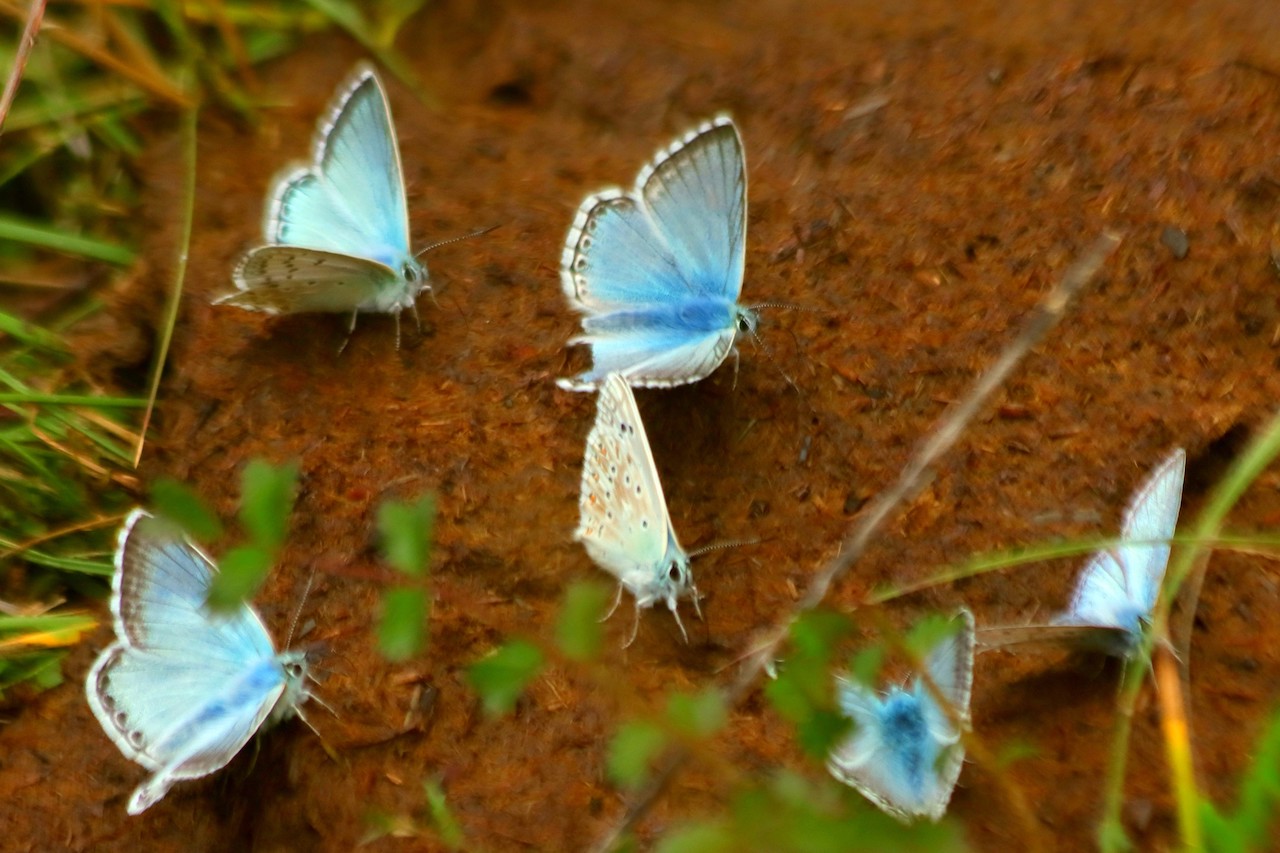
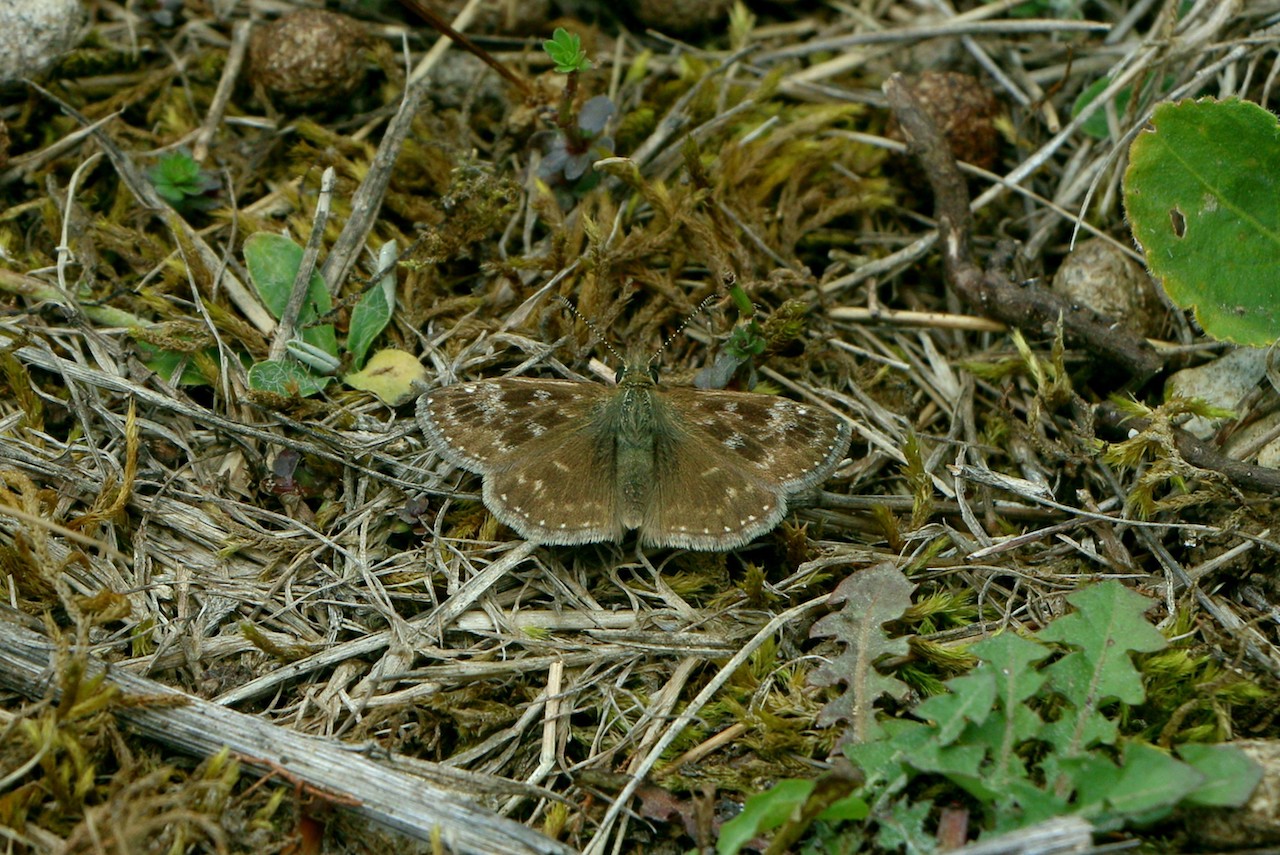
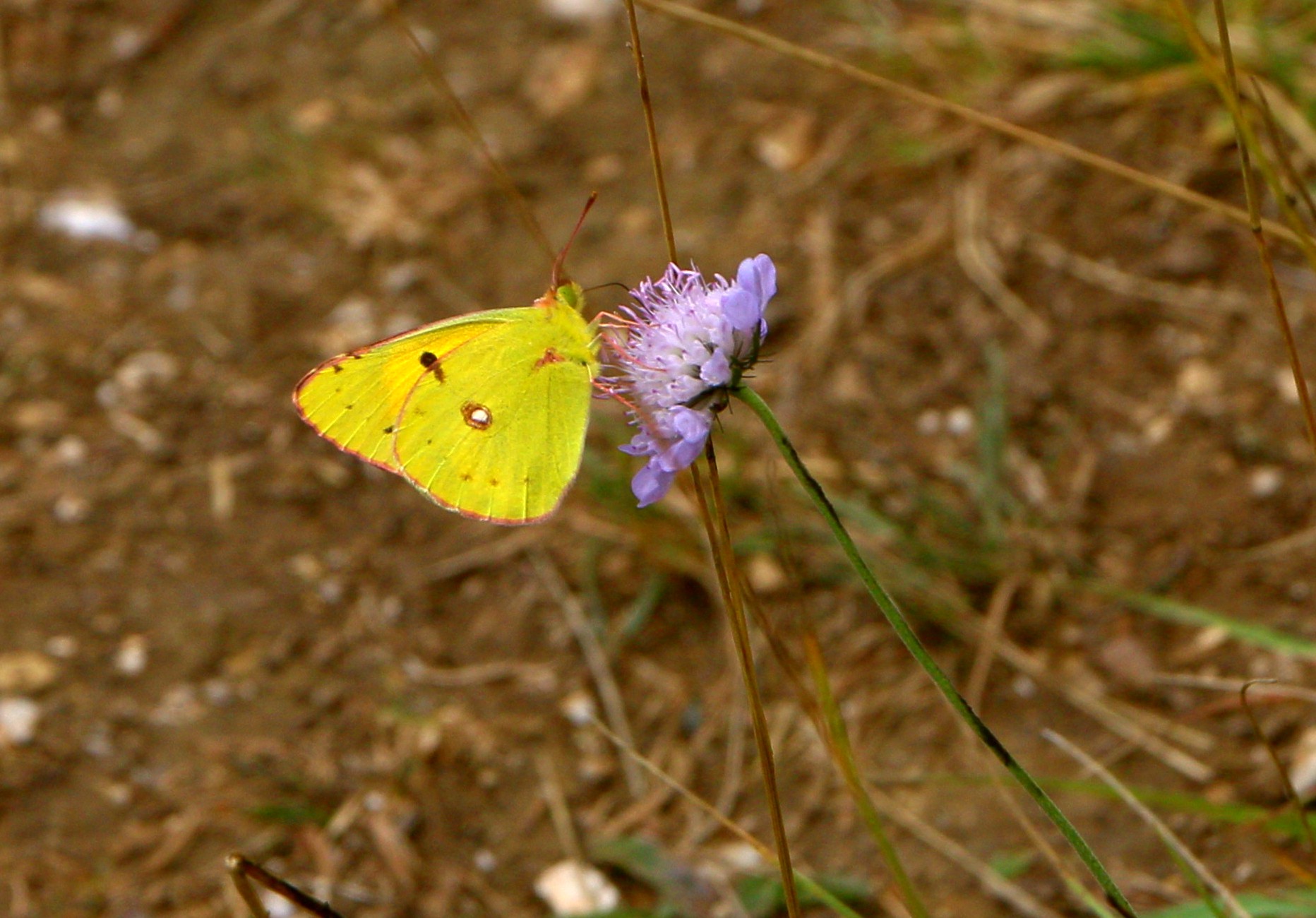
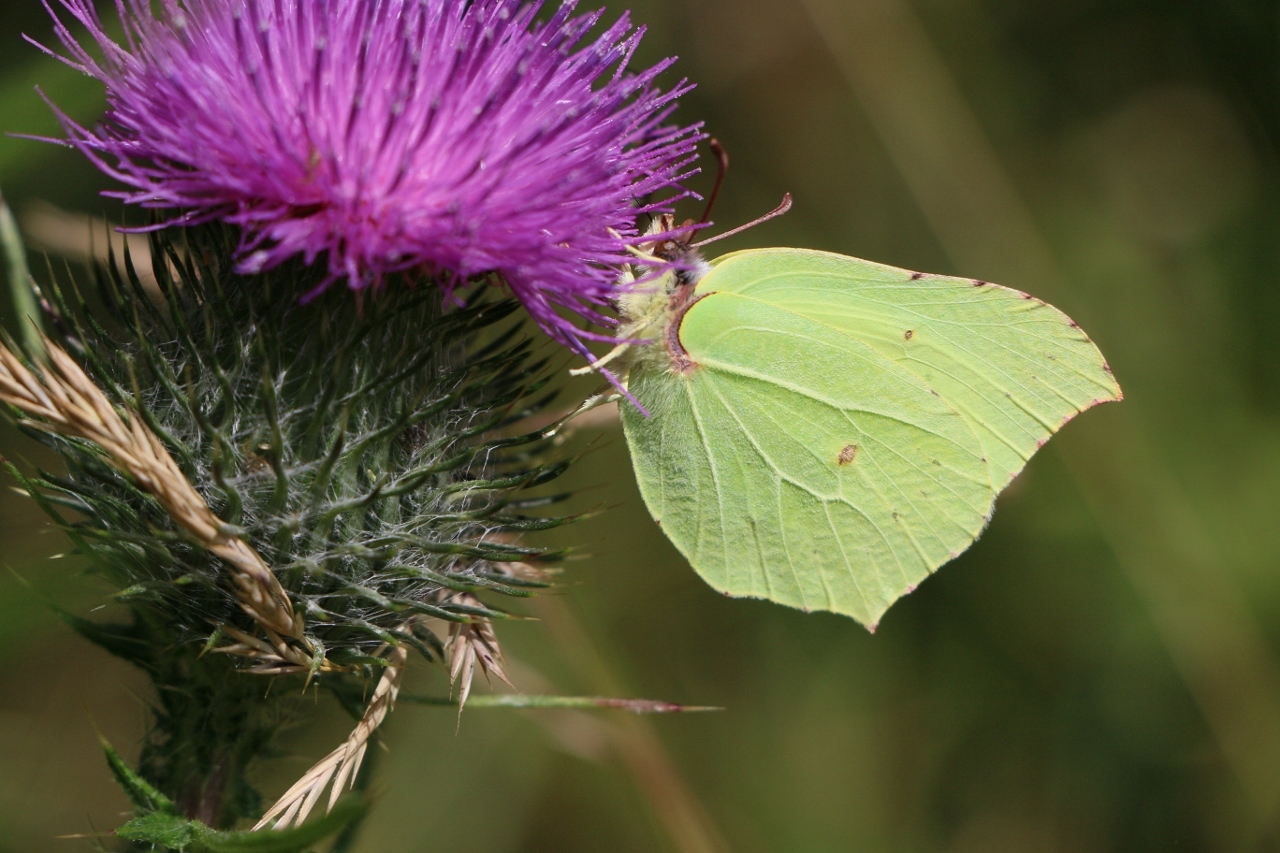
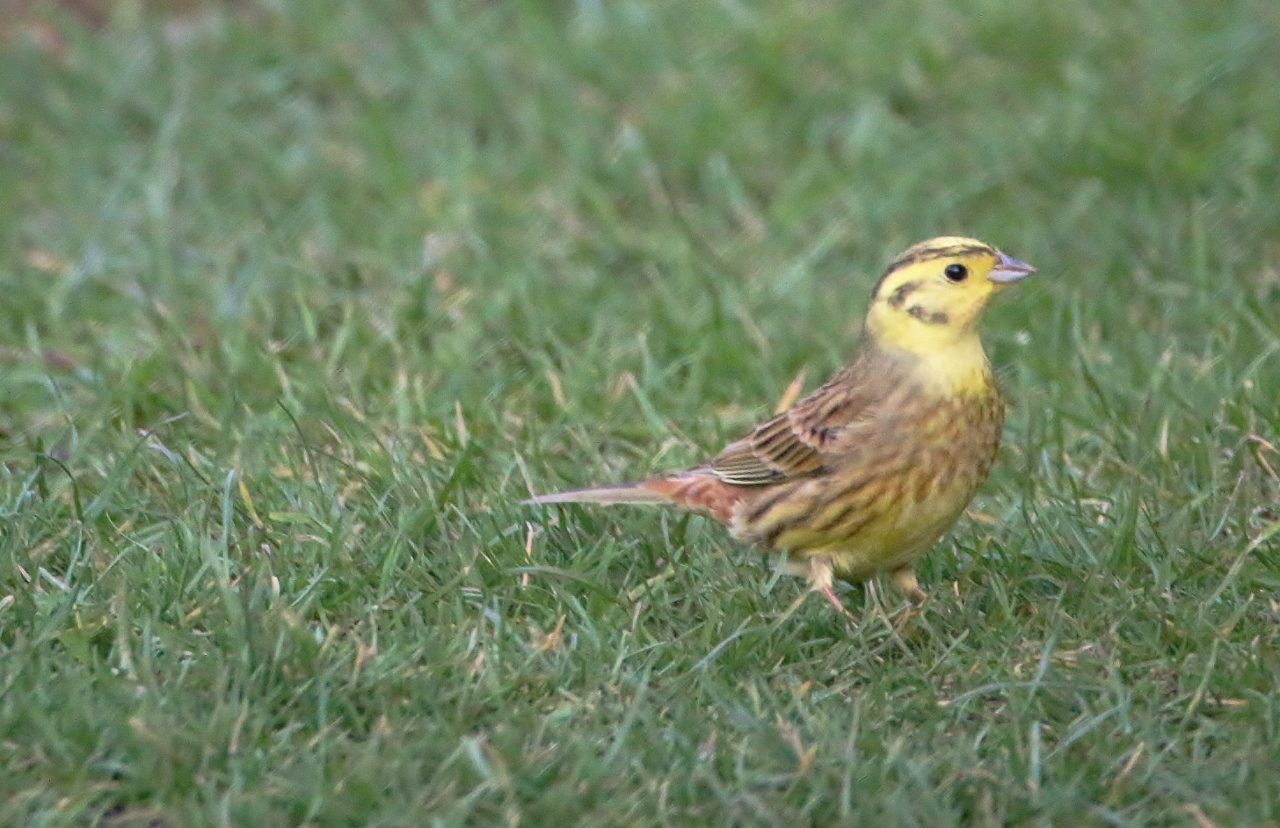
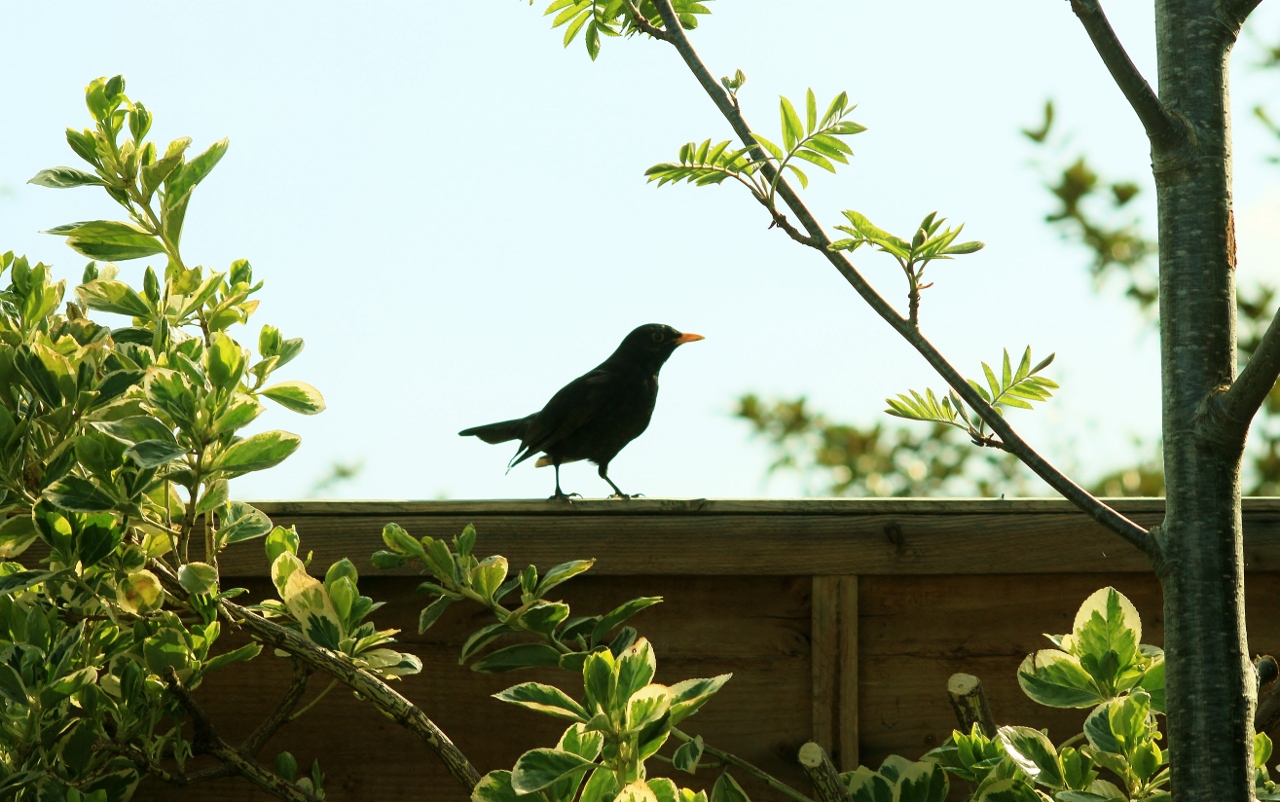
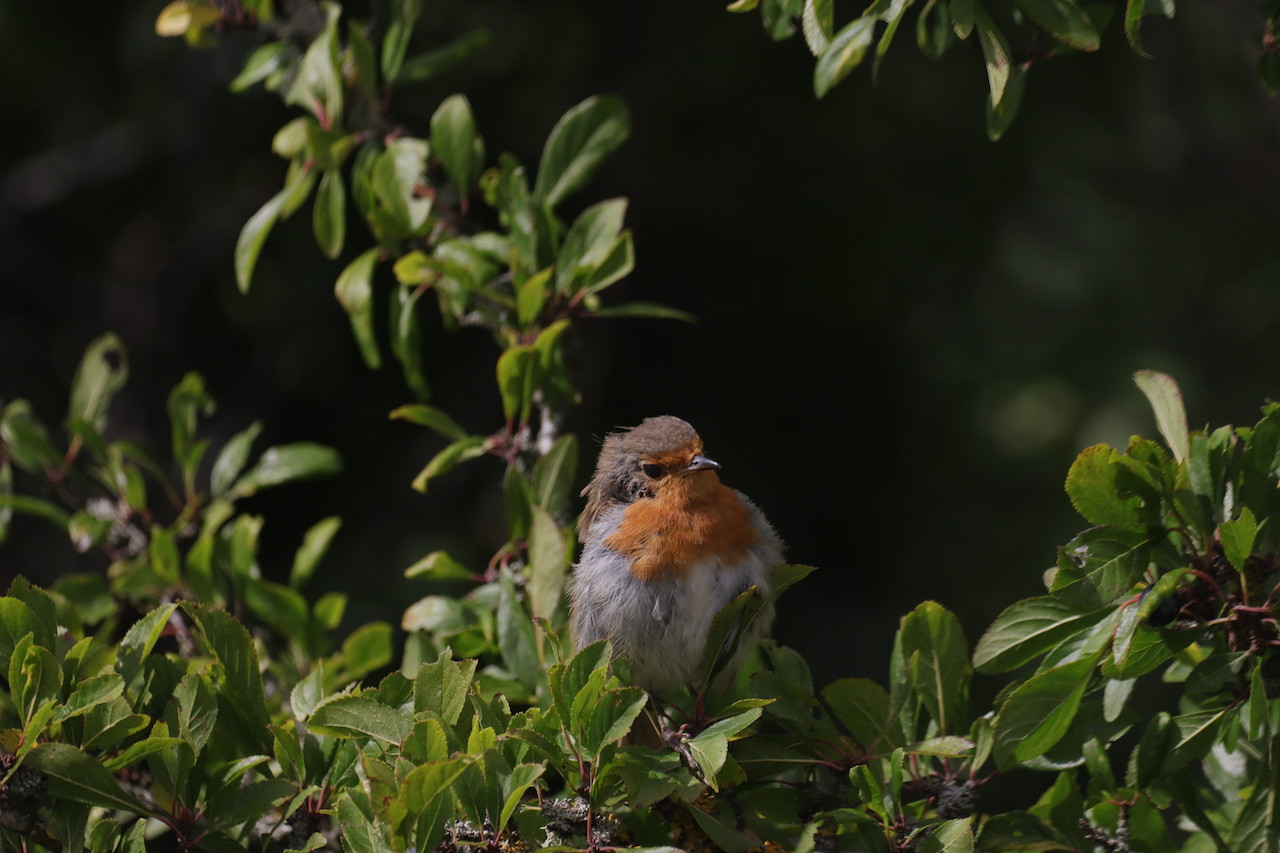
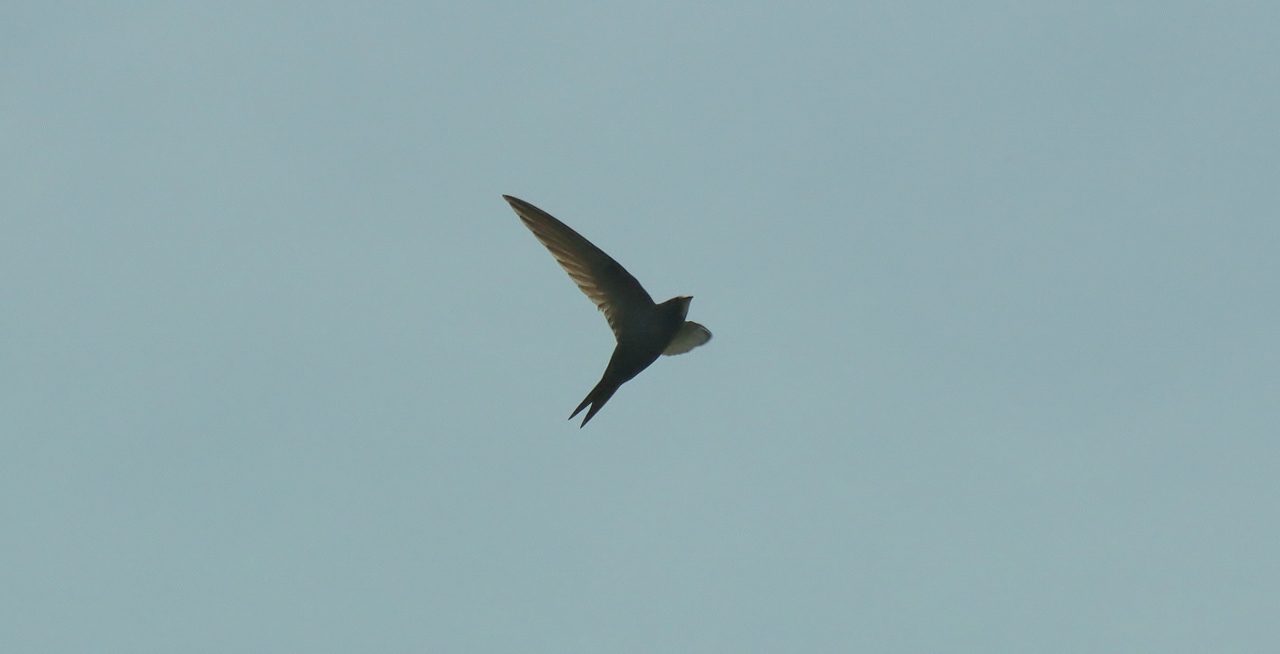
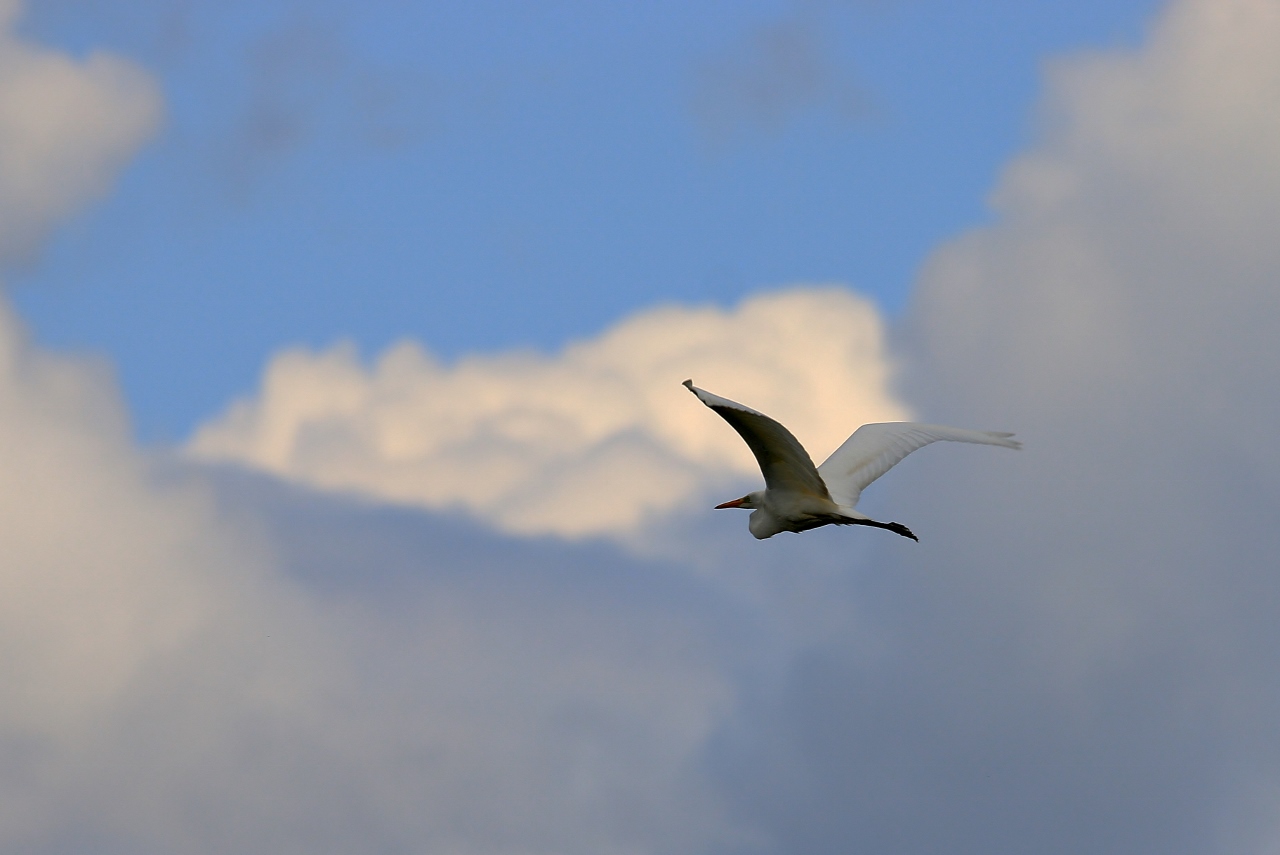

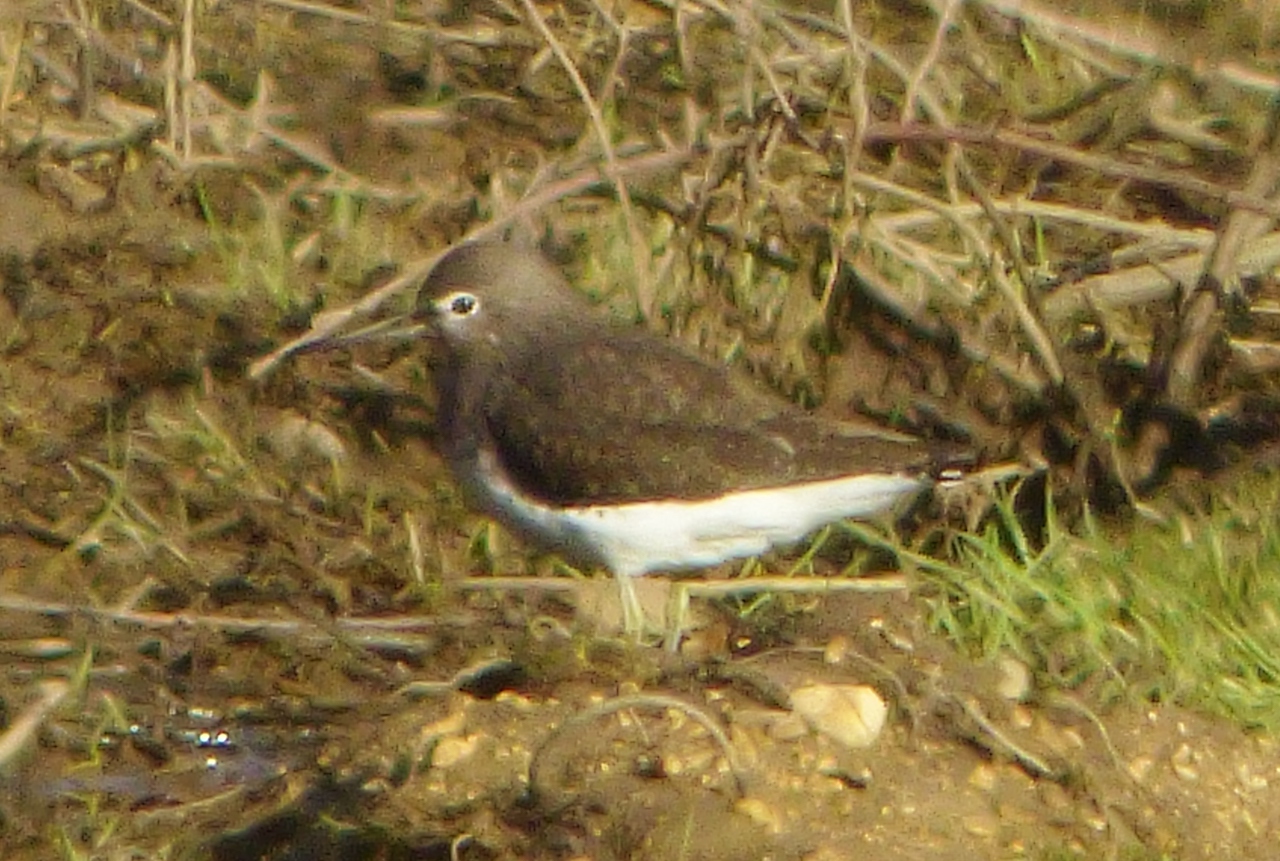
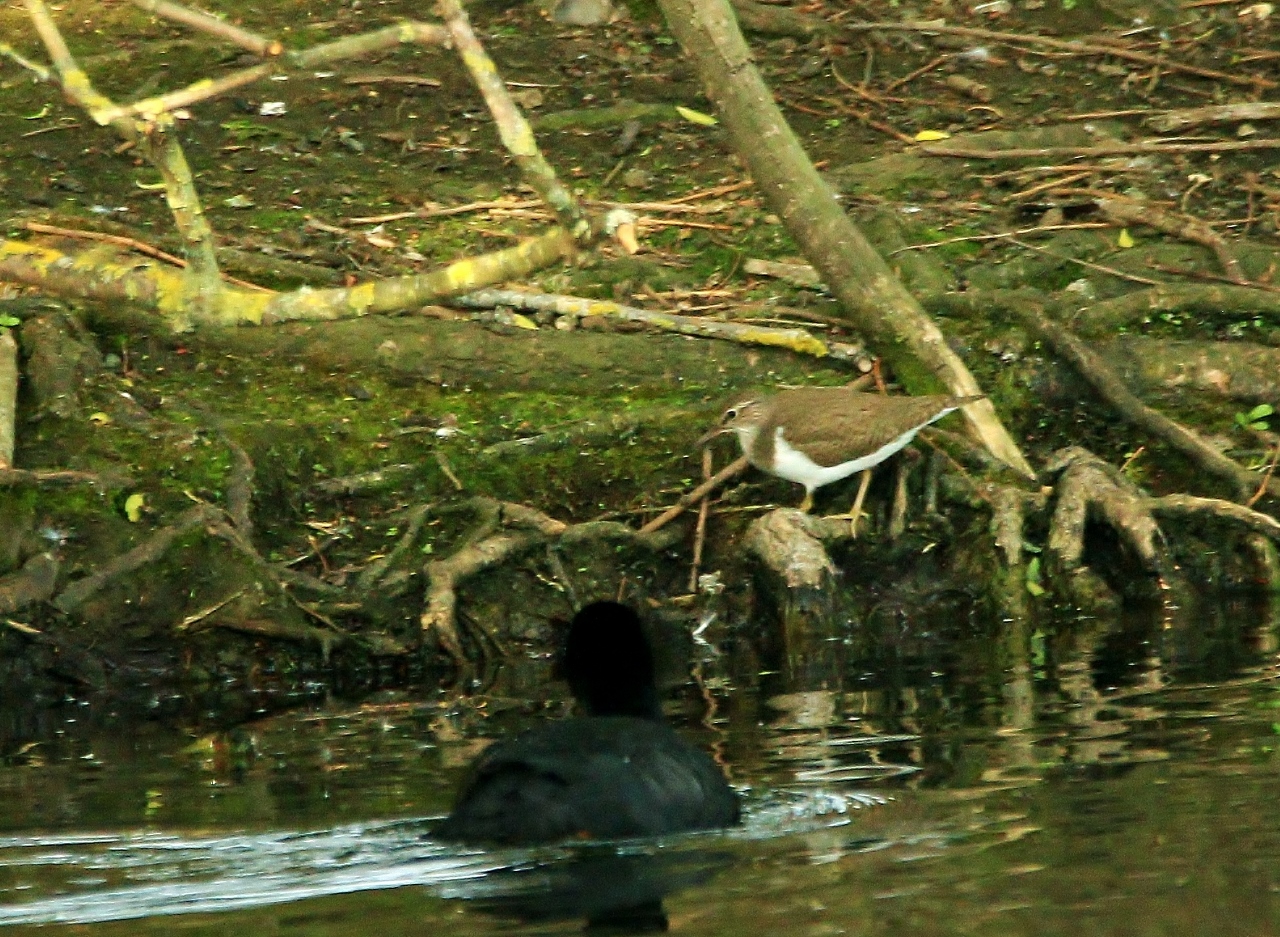
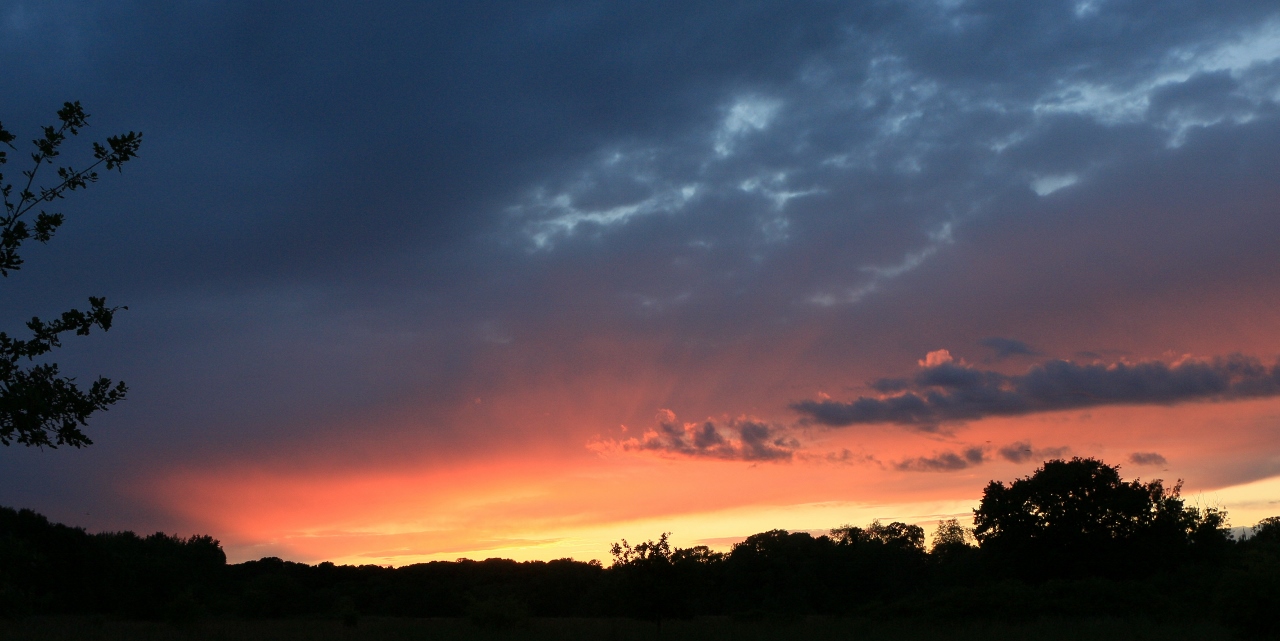






Angela Gray
August 6, 2020 at 4:27 pm
Lovely article Malcolm!
I don’t normally reply but I do always read your articles.
You take such fantastic photos I’m very envious! Plus reading about your days out is so interesting.
Keep up the good work!
Carol Anderson
August 6, 2020 at 6:46 pm
Interesting. I have seen a red kite on three occasions over Tongham.
Vicky Rimmer
August 7, 2020 at 10:53 am
Such a great article and pics. Thank you.
Robert Frost-Bridges
August 9, 2020 at 11:11 pm
Fantastic Malcolm.
Probably your best one yet!